- Filter By:
-
-
Stock photos and images of username:yands
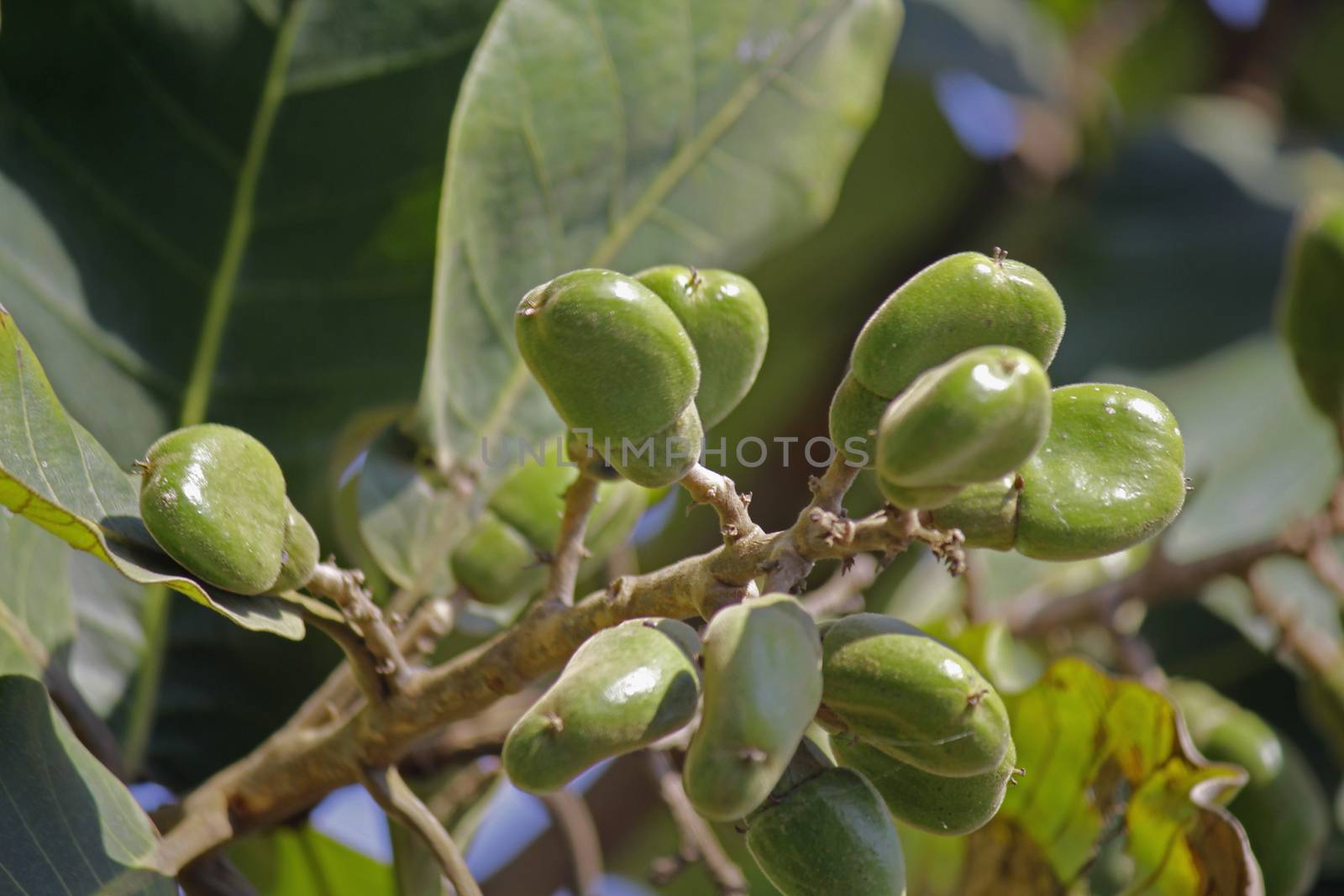
Fruits of Semecarpus anacardium
Stock PhotoUsername
yandsResolution
5184x3456pxFruits of Semecarpus anacardium

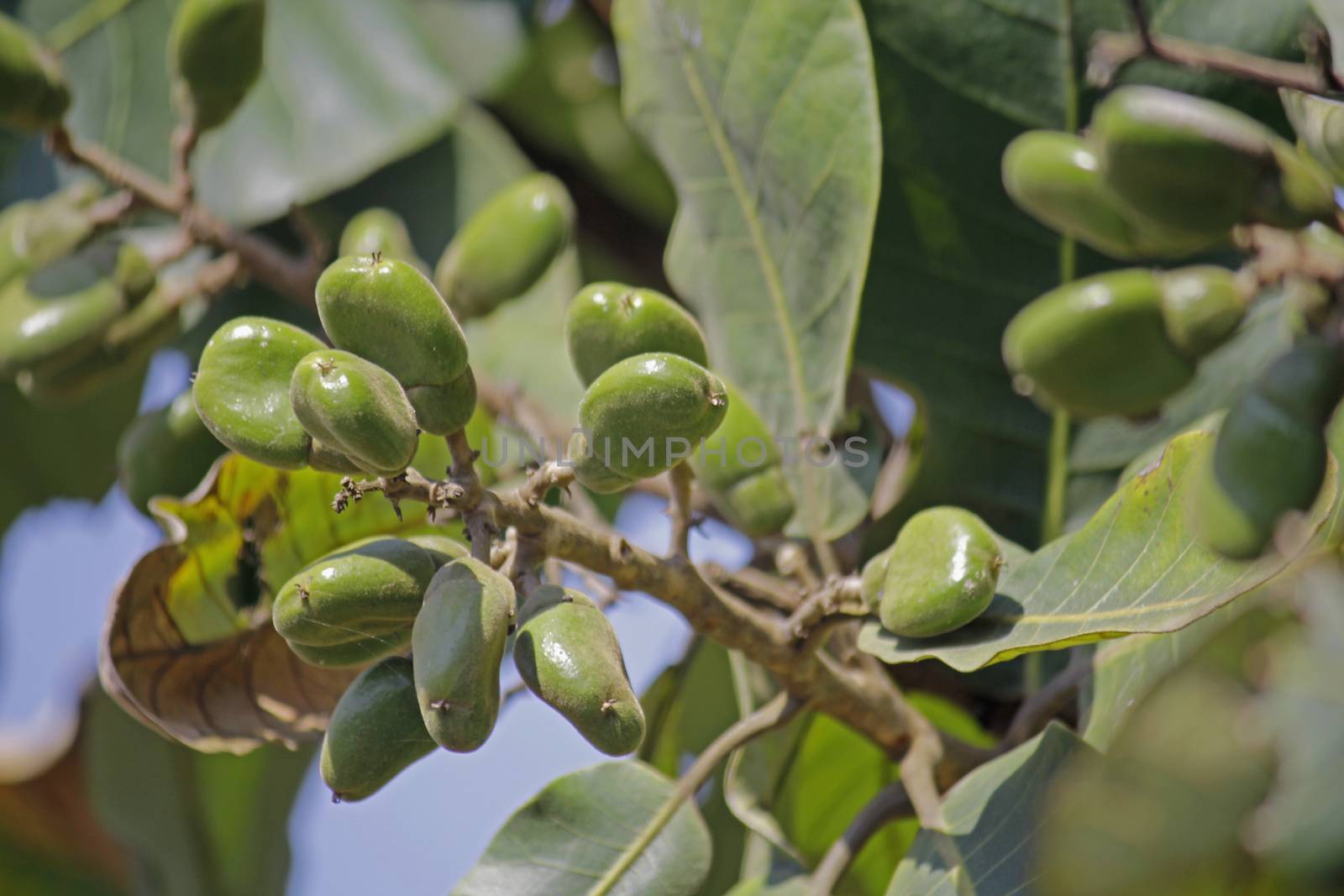
Fruits of Semecarpus anacardium
Stock PhotoUsername
yandsResolution
5184x3456pxFruits of Semecarpus anacardium

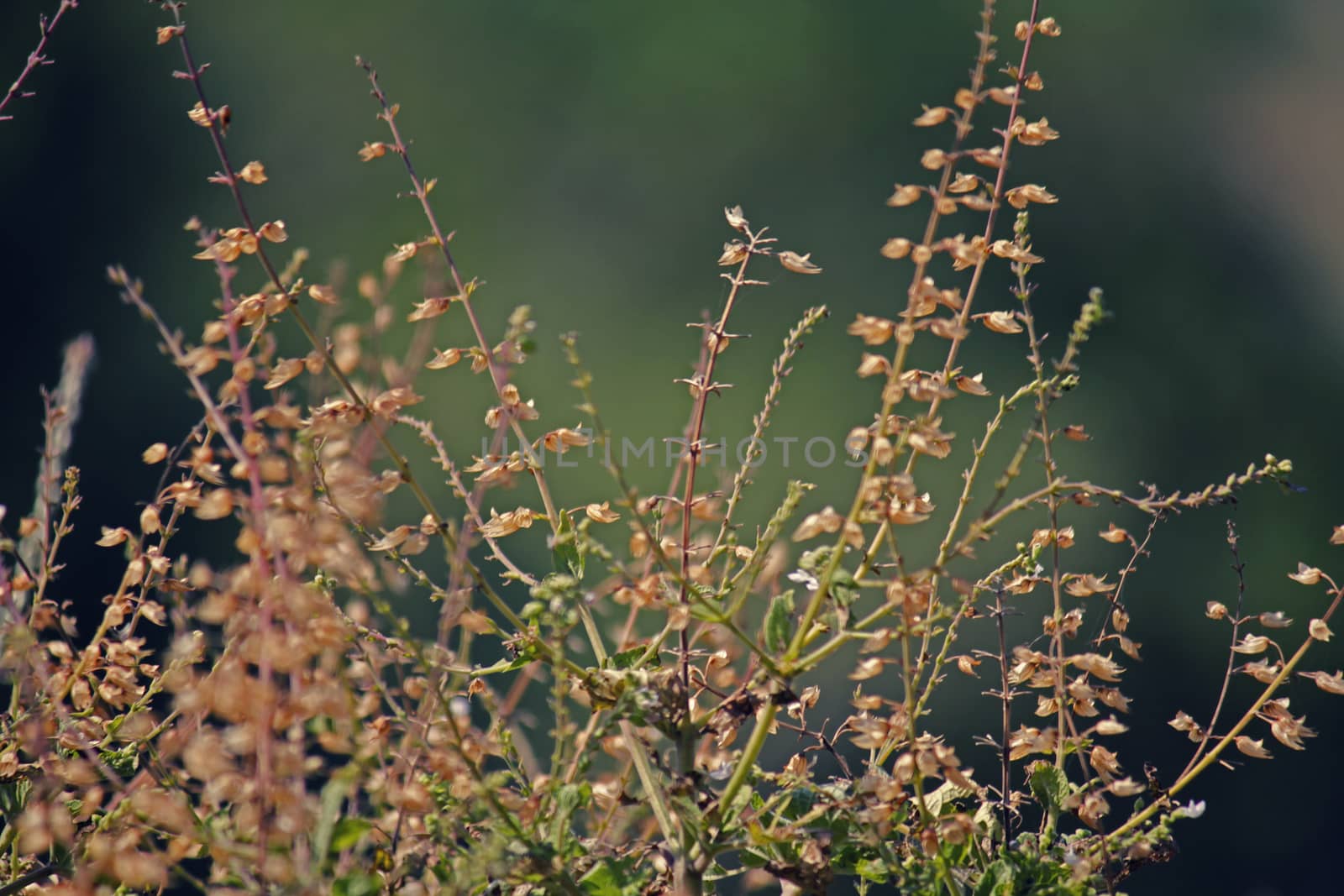
Basil, Sweet basil, Ocimum basilicum, India
Stock PhotoUsername
yandsResolution
5184x3456pxBasil, Sweet basil, Ocimum basilicum, India

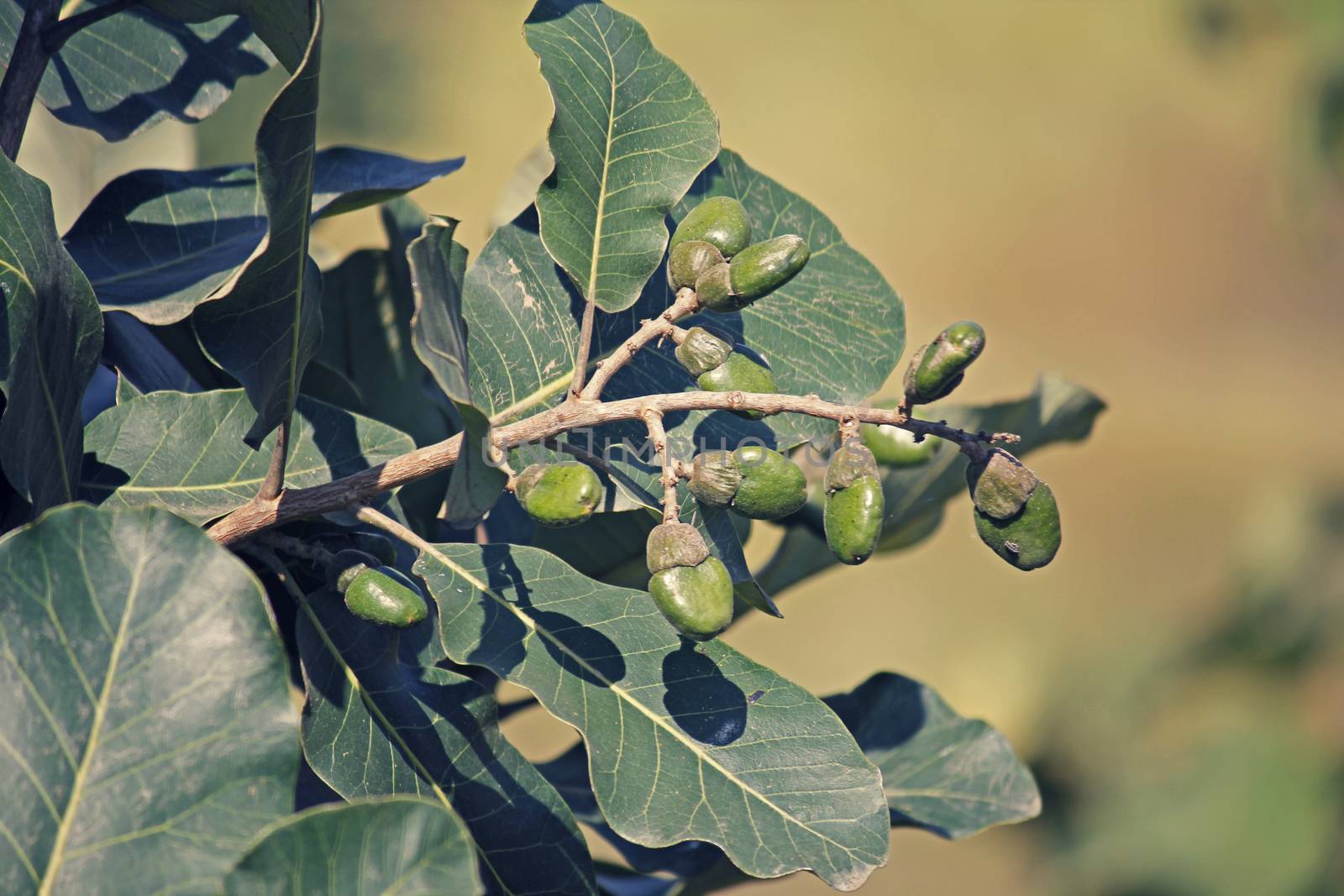
Fruits of Semecarpus anacardium
Stock PhotoUsername
yandsResolution
5184x3456pxFruits of Semecarpus anacardium

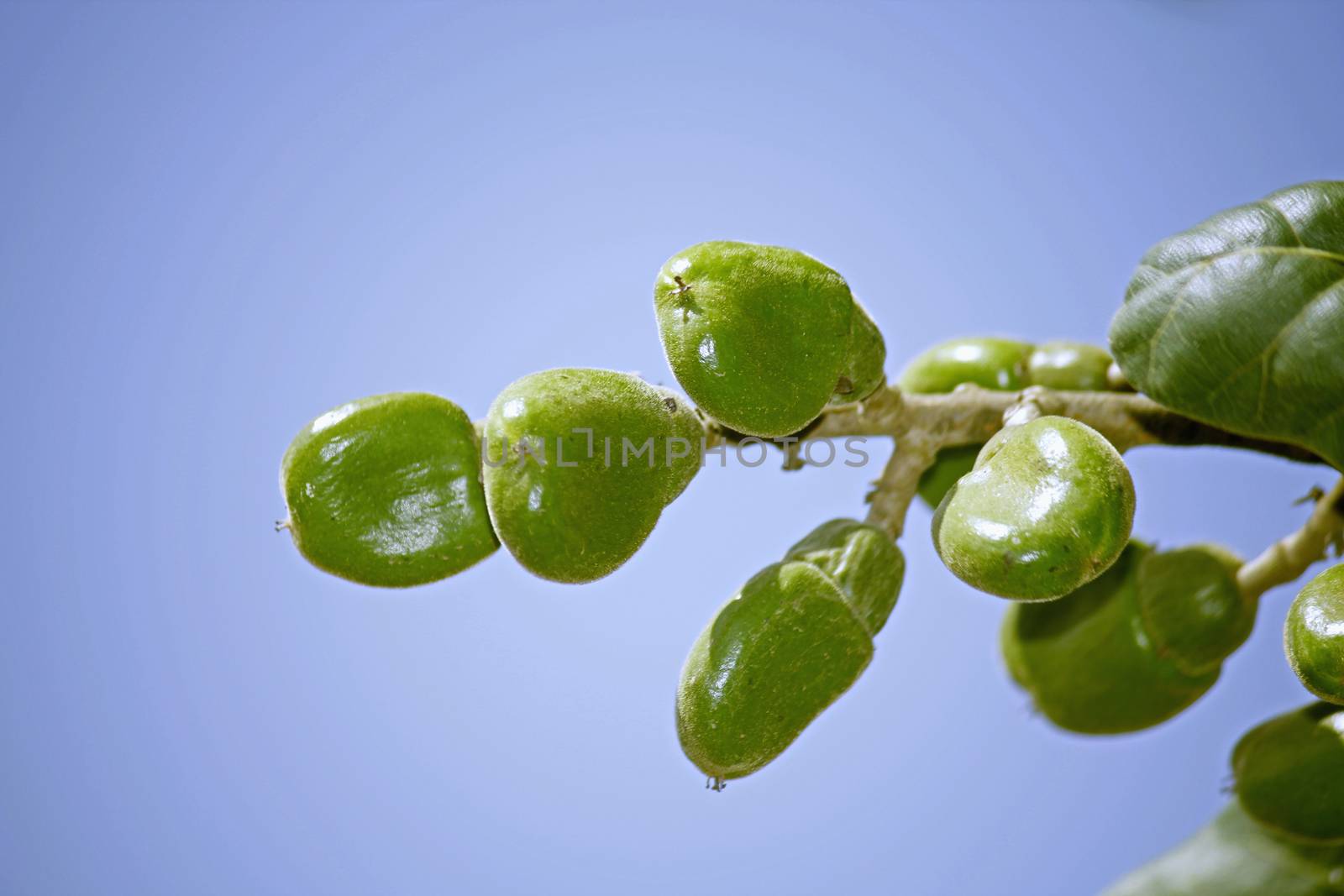
Fruits of Semecarpus anacardium
Stock PhotoUsername
yandsResolution
5184x3456pxFruits of Semecarpus anacardium

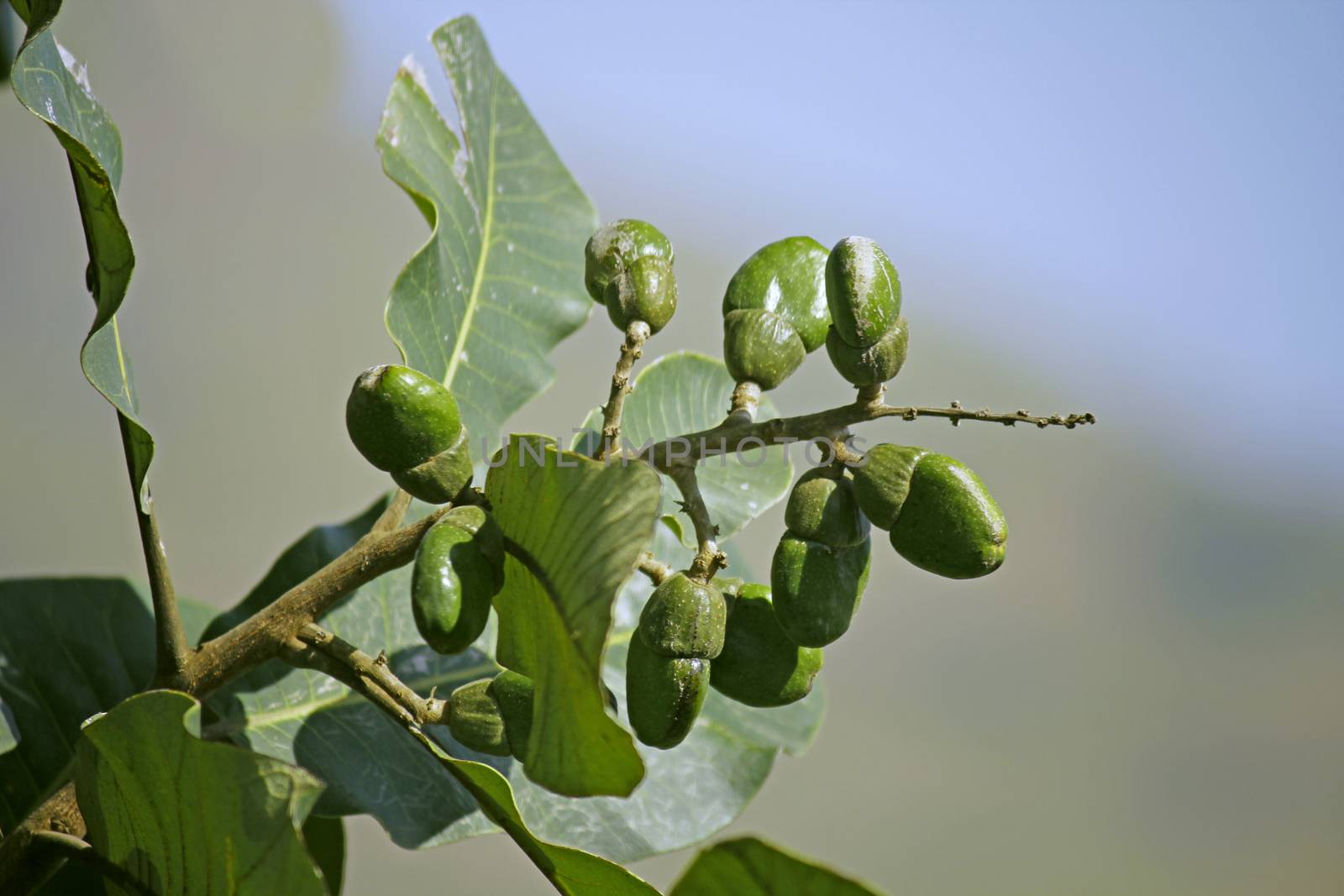
Fruits of Semecarpus anacardium
Stock PhotoUsername
yandsResolution
5184x3456pxFruits of Semecarpus anacardium

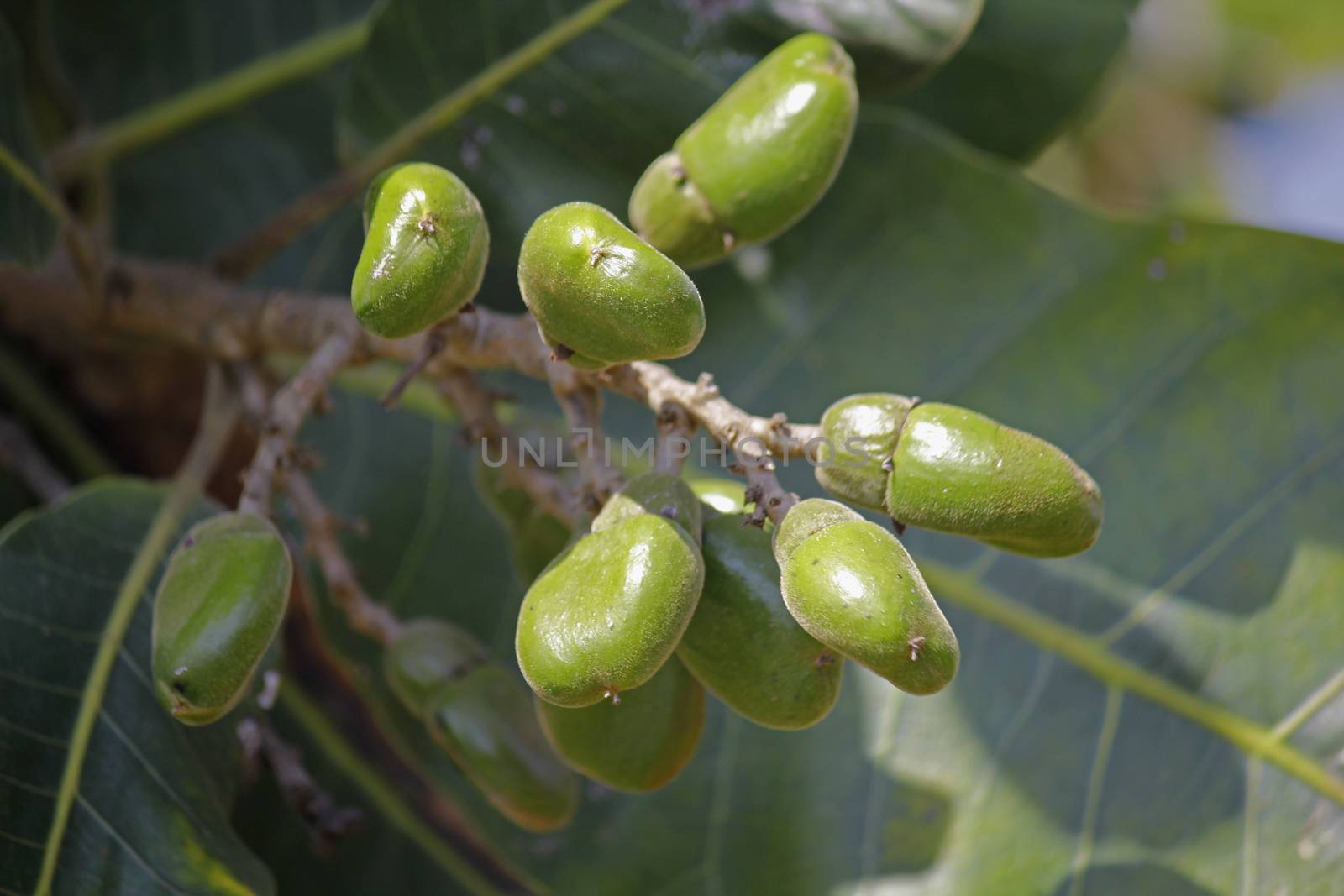
Fruits of Semecarpus anacardium
Stock PhotoUsername
yandsResolution
5184x3456pxFruits of Semecarpus anacardium

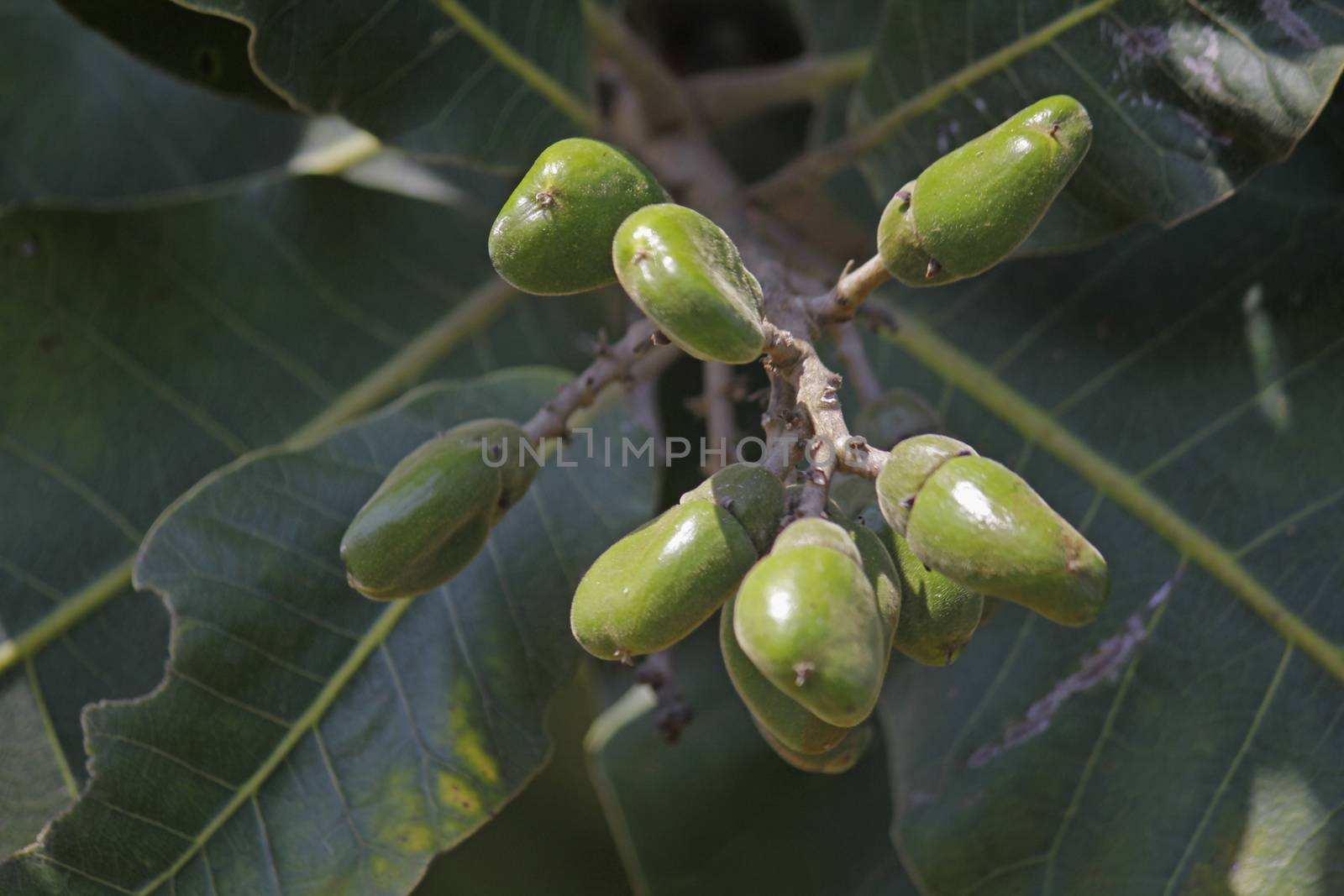
Fruits of Semecarpus anacardium
Stock PhotoUsername
yandsResolution
5184x3456pxFruits of Semecarpus anacardium

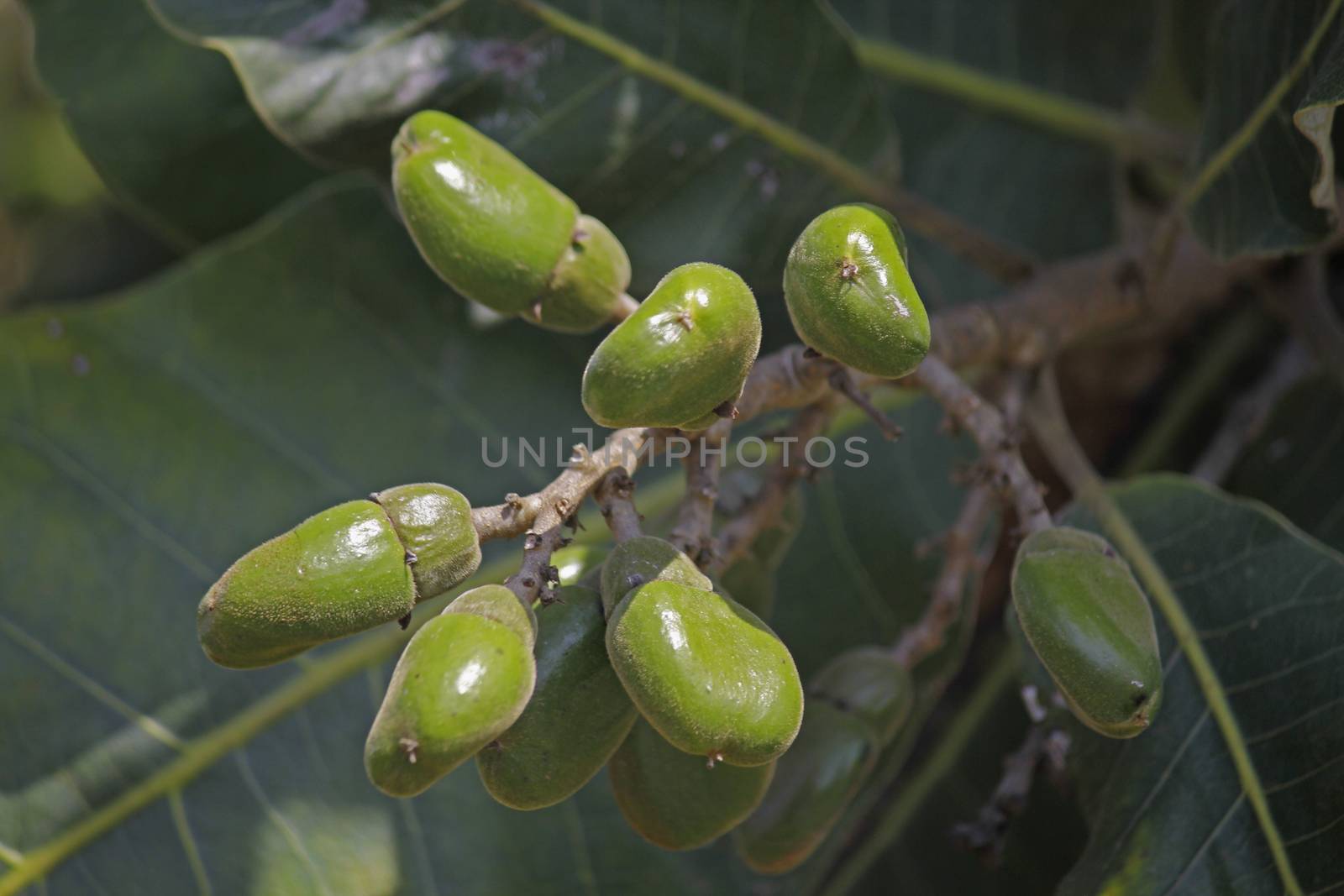
Fruits of Semecarpus anacardium
Stock PhotoUsername
yandsResolution
5184x3456pxFruits of Semecarpus anacardium

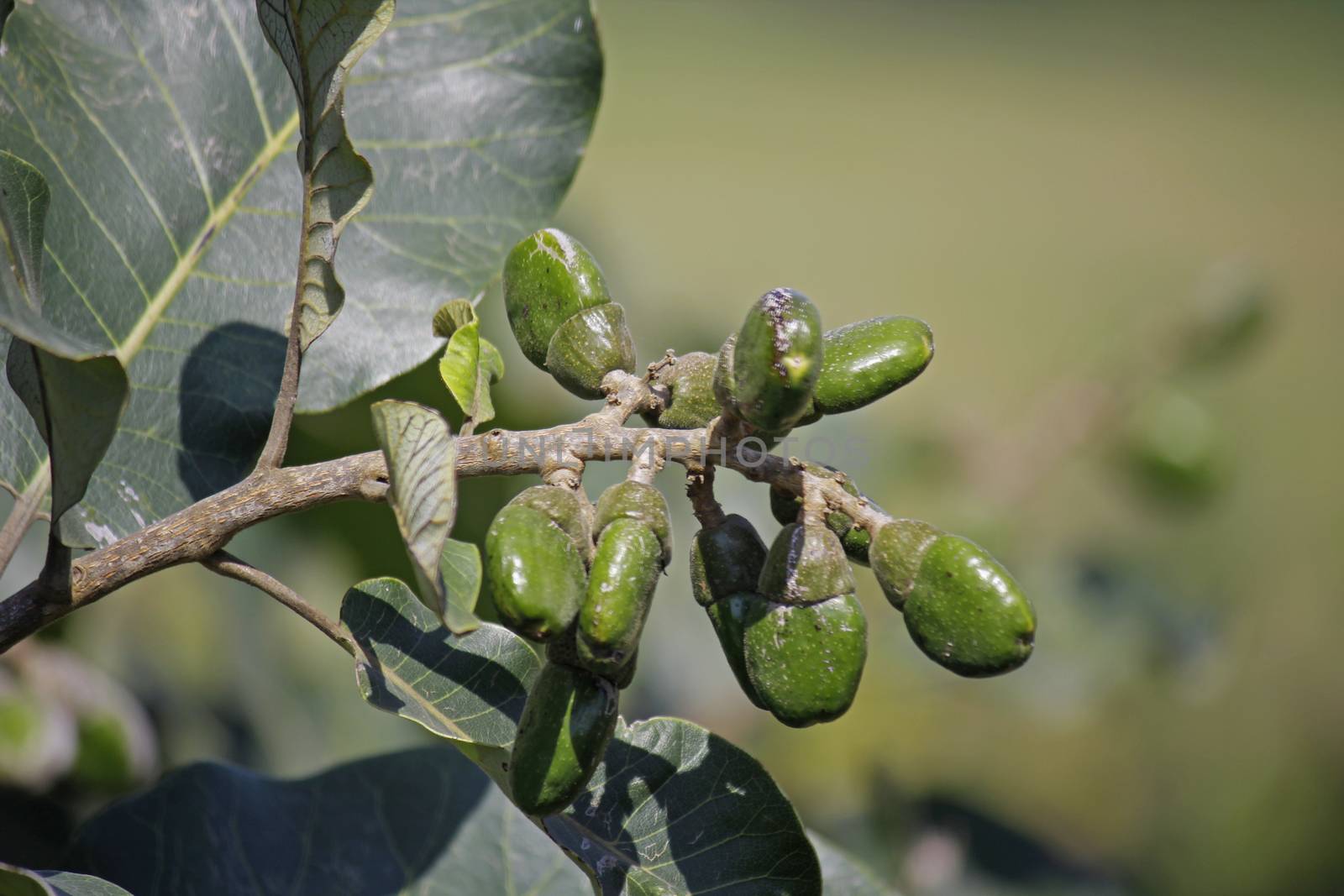
Fruits of Semecarpus anacardium
Stock PhotoUsername
yandsResolution
5184x3456pxFruits of Semecarpus anacardium

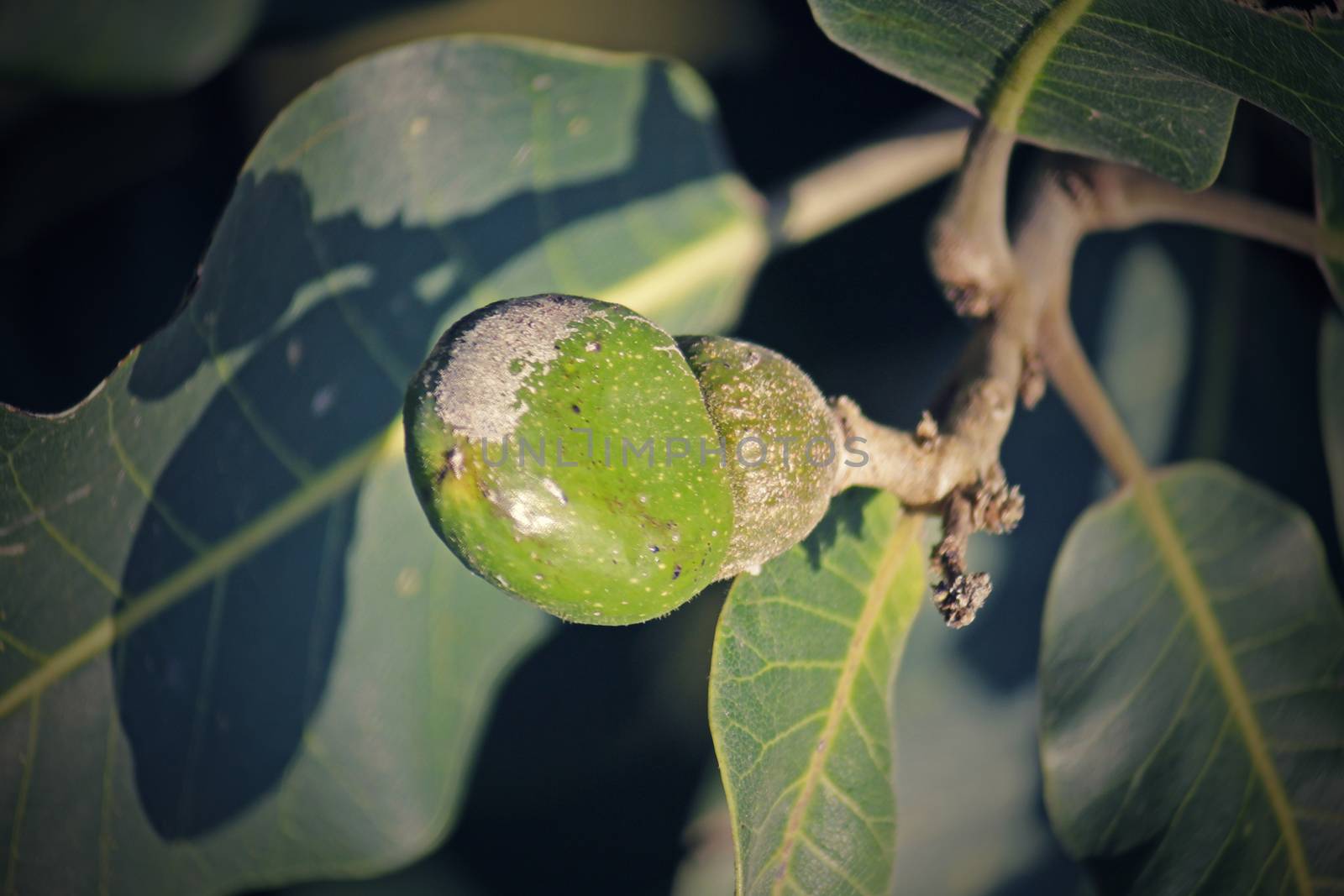
Fruits of Semecarpus anacardium
Stock PhotoUsername
yandsResolution
5184x3456pxFruits of Semecarpus anacardium

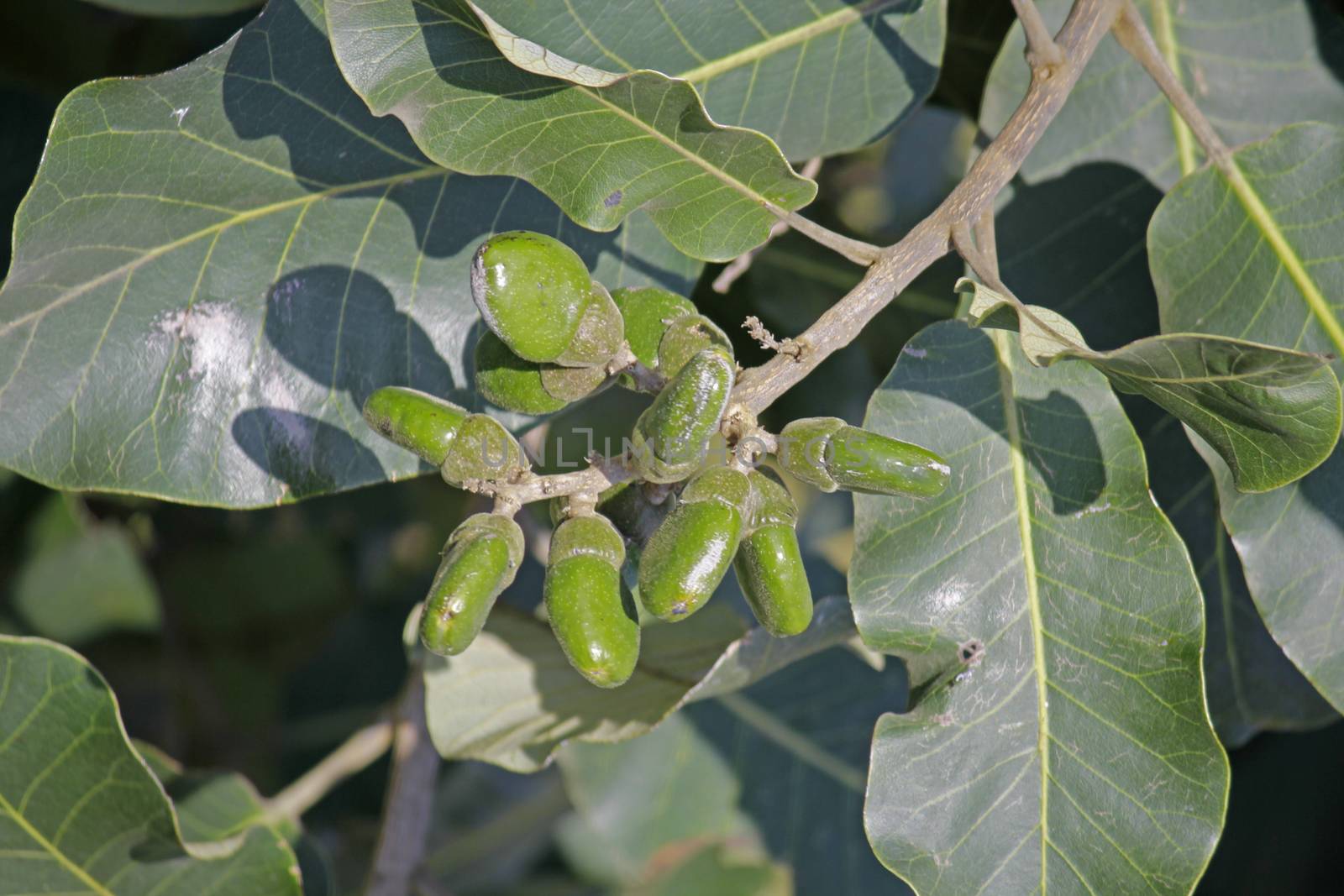
Fruits of Semecarpus anacardium
Stock PhotoUsername
yandsResolution
5184x3456pxFruits of Semecarpus anacardium

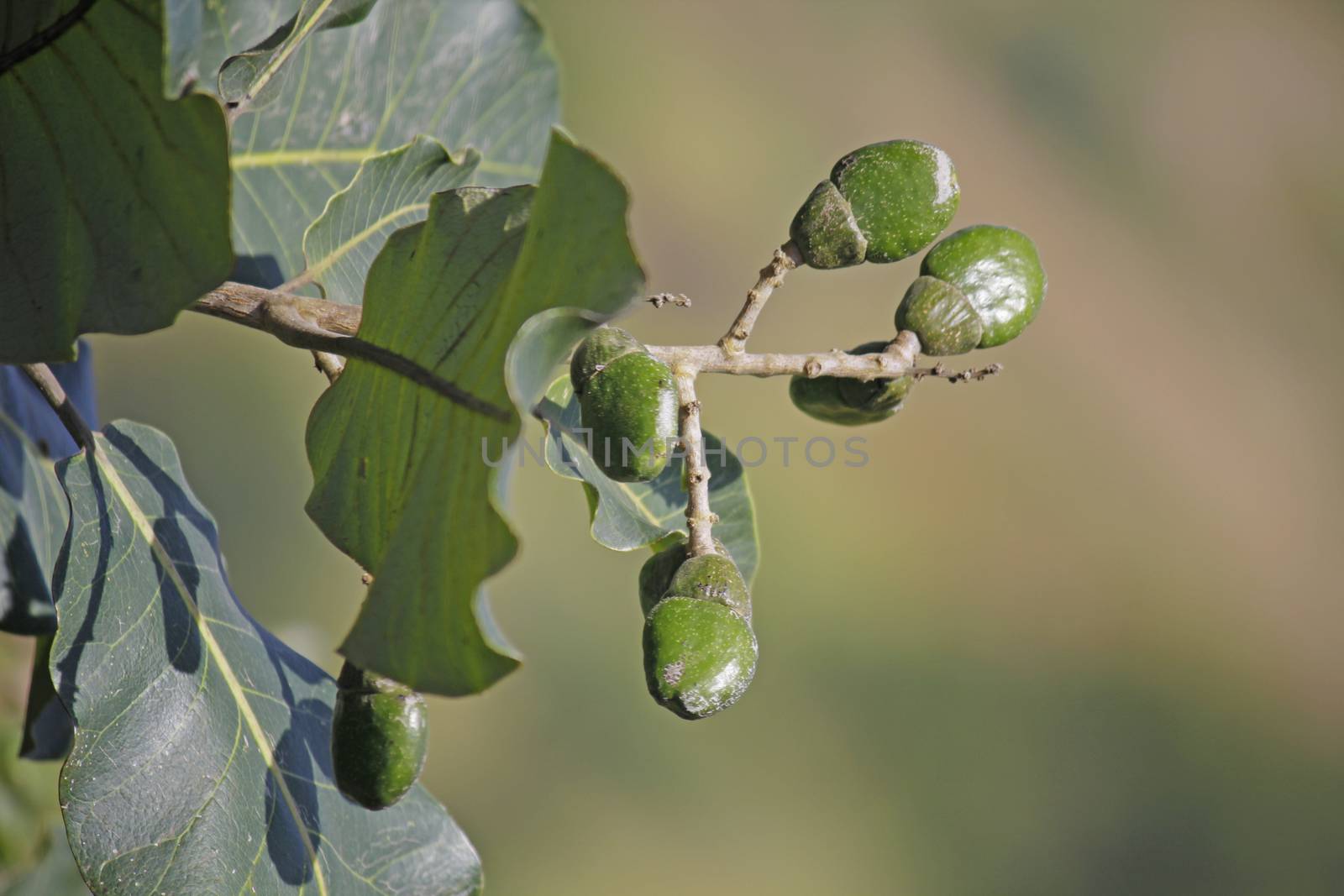
Fruits of Semecarpus anacardium
Stock PhotoUsername
yandsResolution
5184x3456pxFruits of Semecarpus anacardium

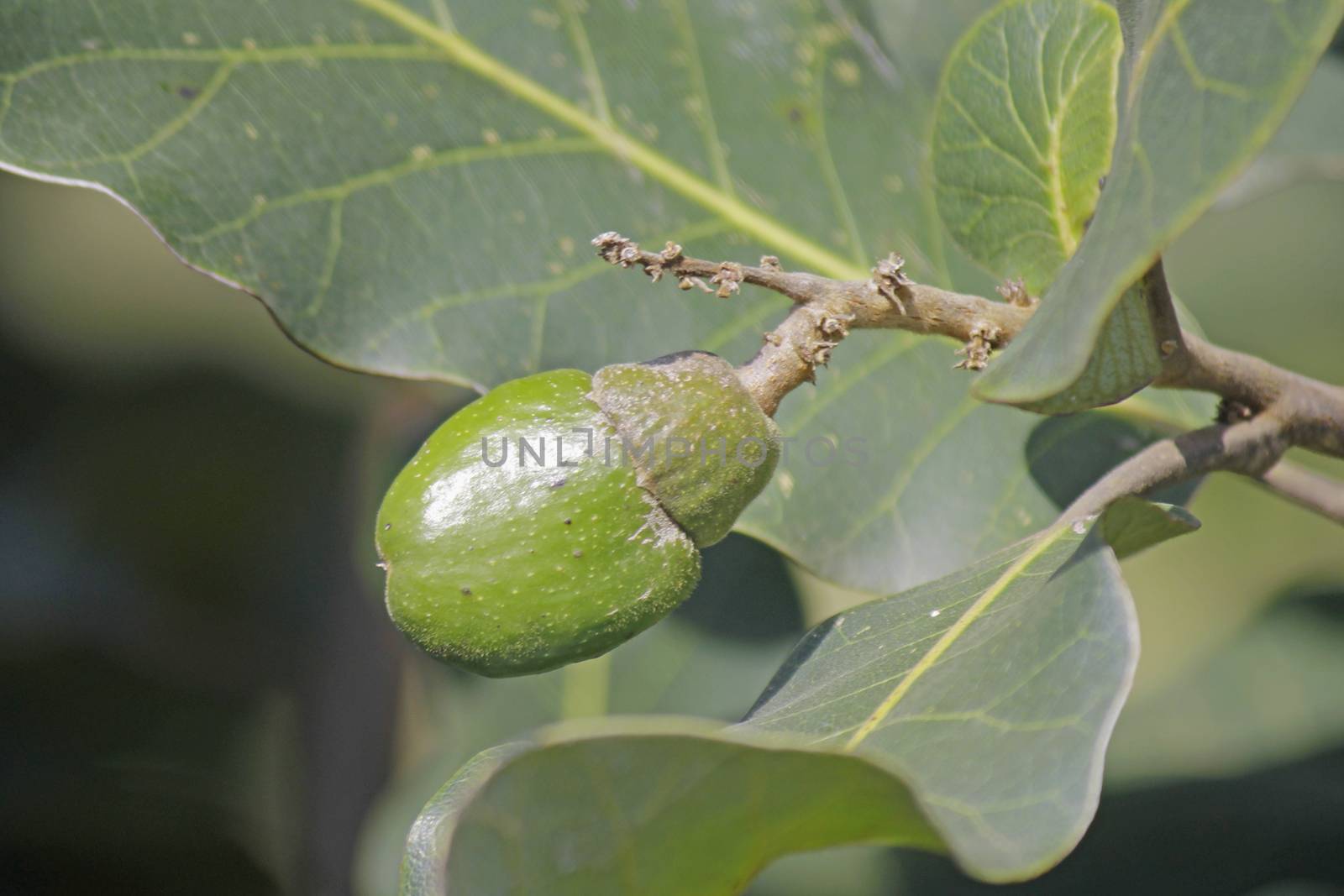
Fruits of Semecarpus anacardium
Stock PhotoUsername
yandsResolution
5184x3456pxFruits of Semecarpus anacardium

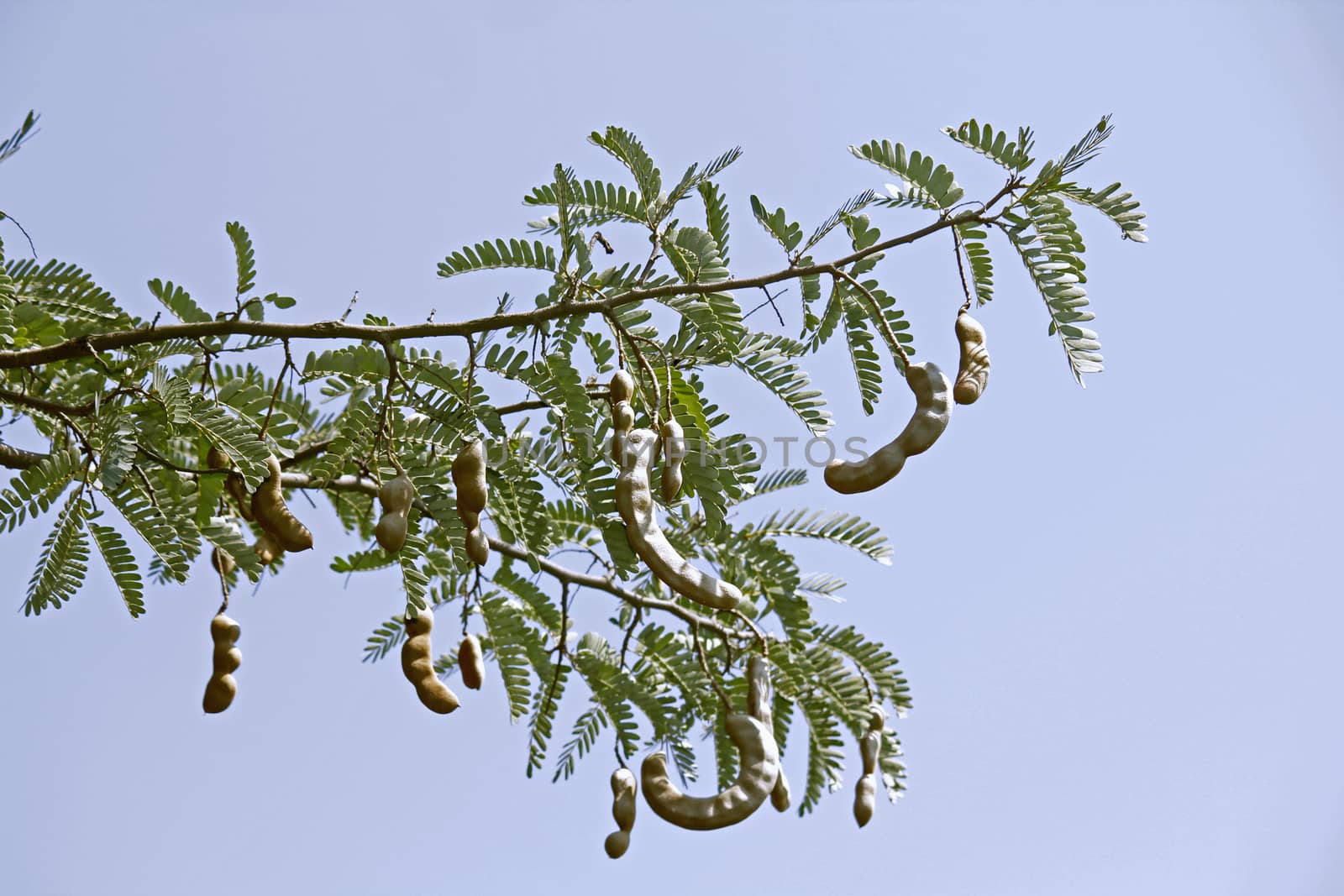
Tamarind, Tamarindus indica
Stock PhotoUsername
yandsResolution
5184x3456pxTamarind, Tamarindus indica

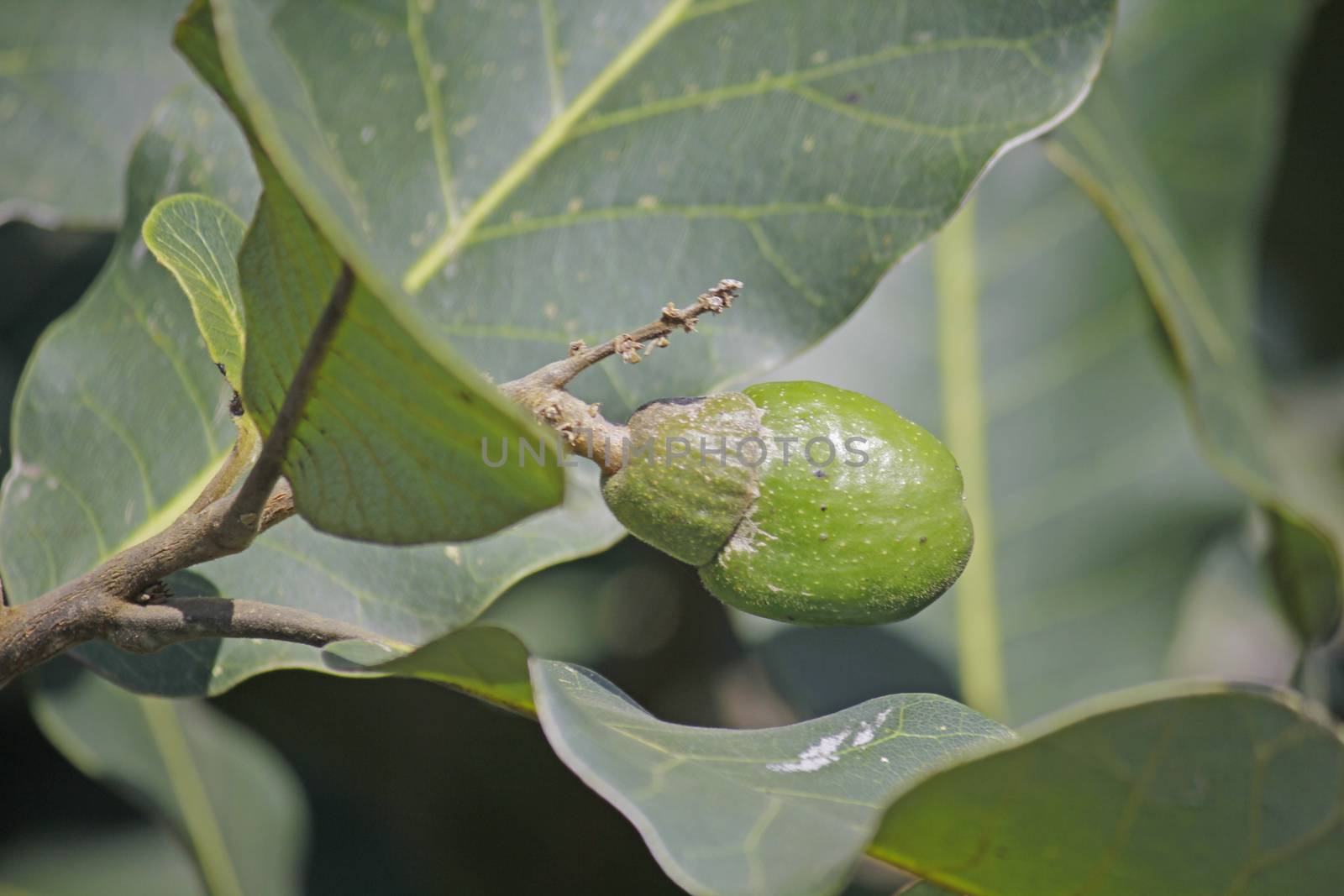
Fruits of Semecarpus anacardium
Stock PhotoUsername
yandsResolution
5184x3456pxFruits of Semecarpus anacardium

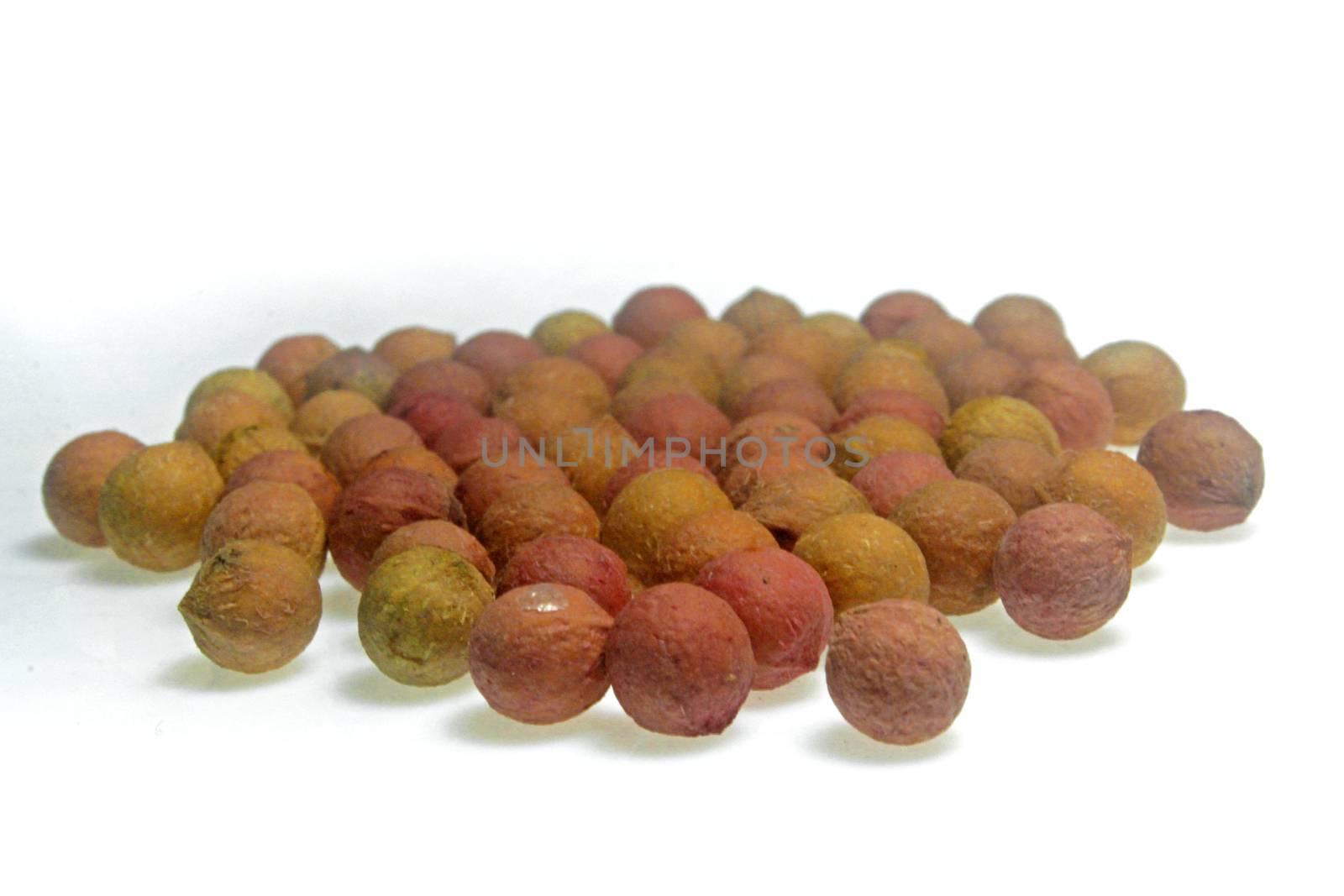
Seeds of sandalwood tree, Santalum spicatum
Stock PhotoUsername
yandsResolution
5184x3456pxSeeds of sandalwood tree, Santalum spicatum

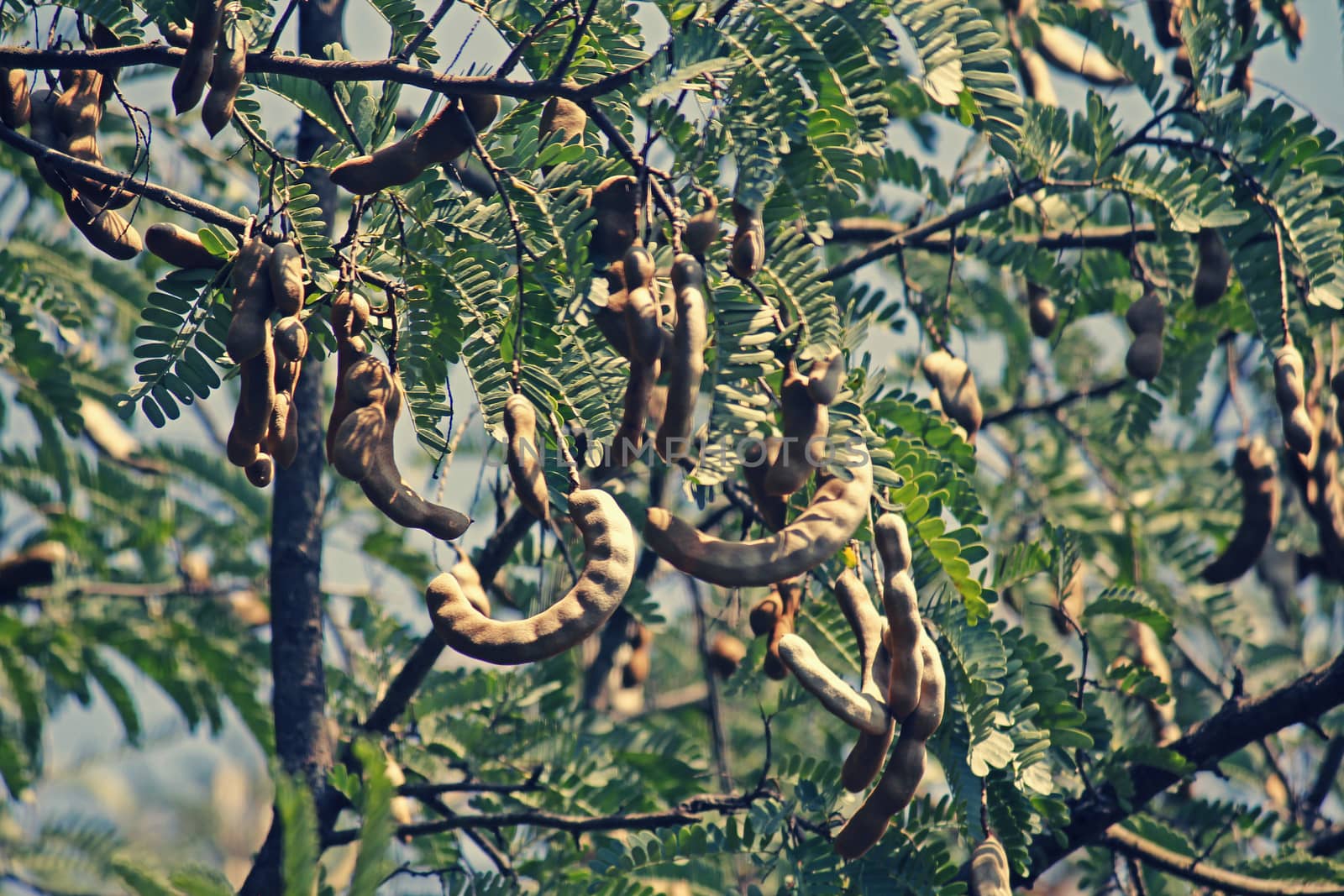
Tamarind, Tamarindus indica
Stock PhotoUsername
yandsResolution
5184x3456pxTamarind, Tamarindus indica

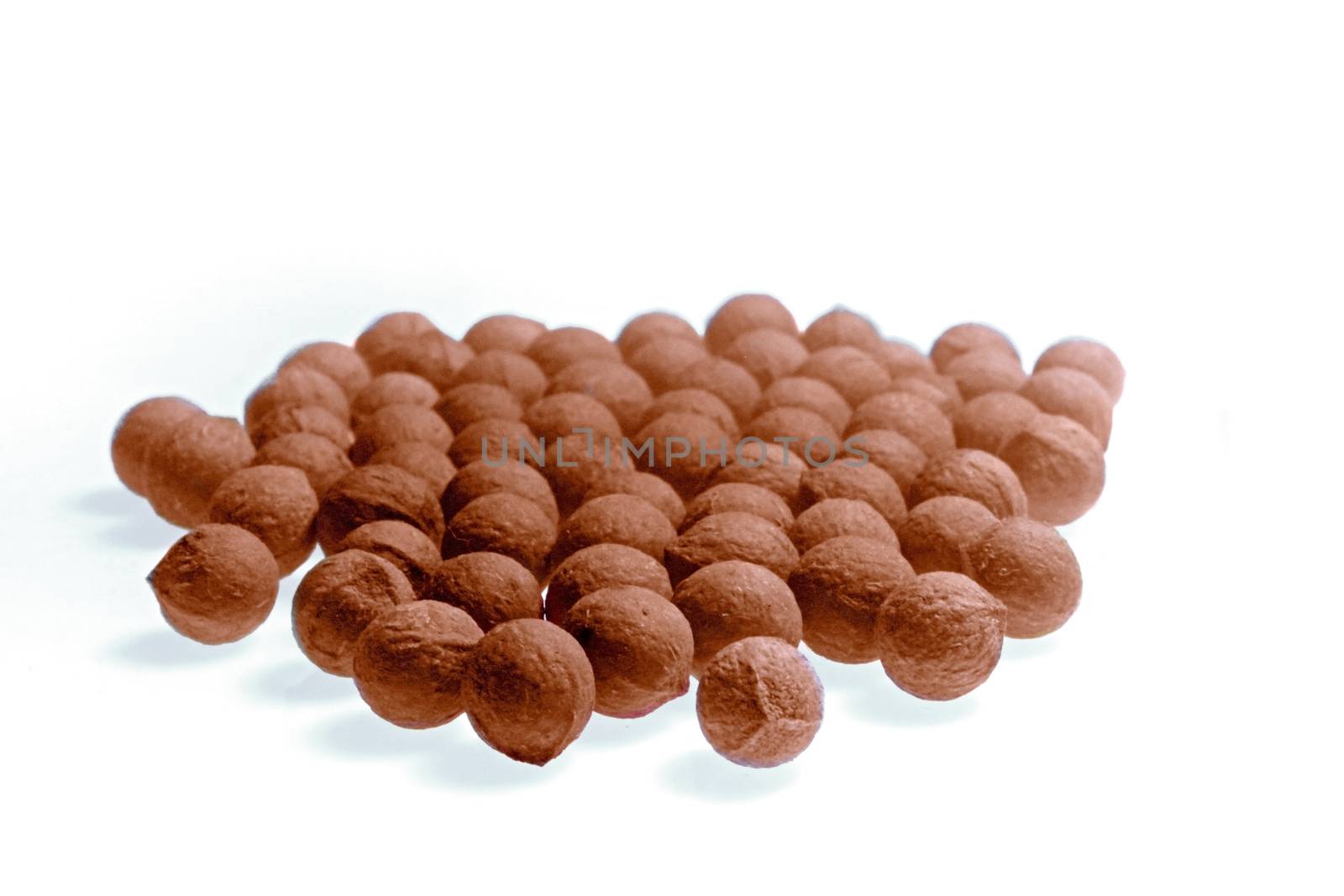
Seeds of sandalwood tree, Santalum spicatum
Stock PhotoUsername
yandsResolution
5184x3456pxSeeds of sandalwood tree, Santalum spicatum

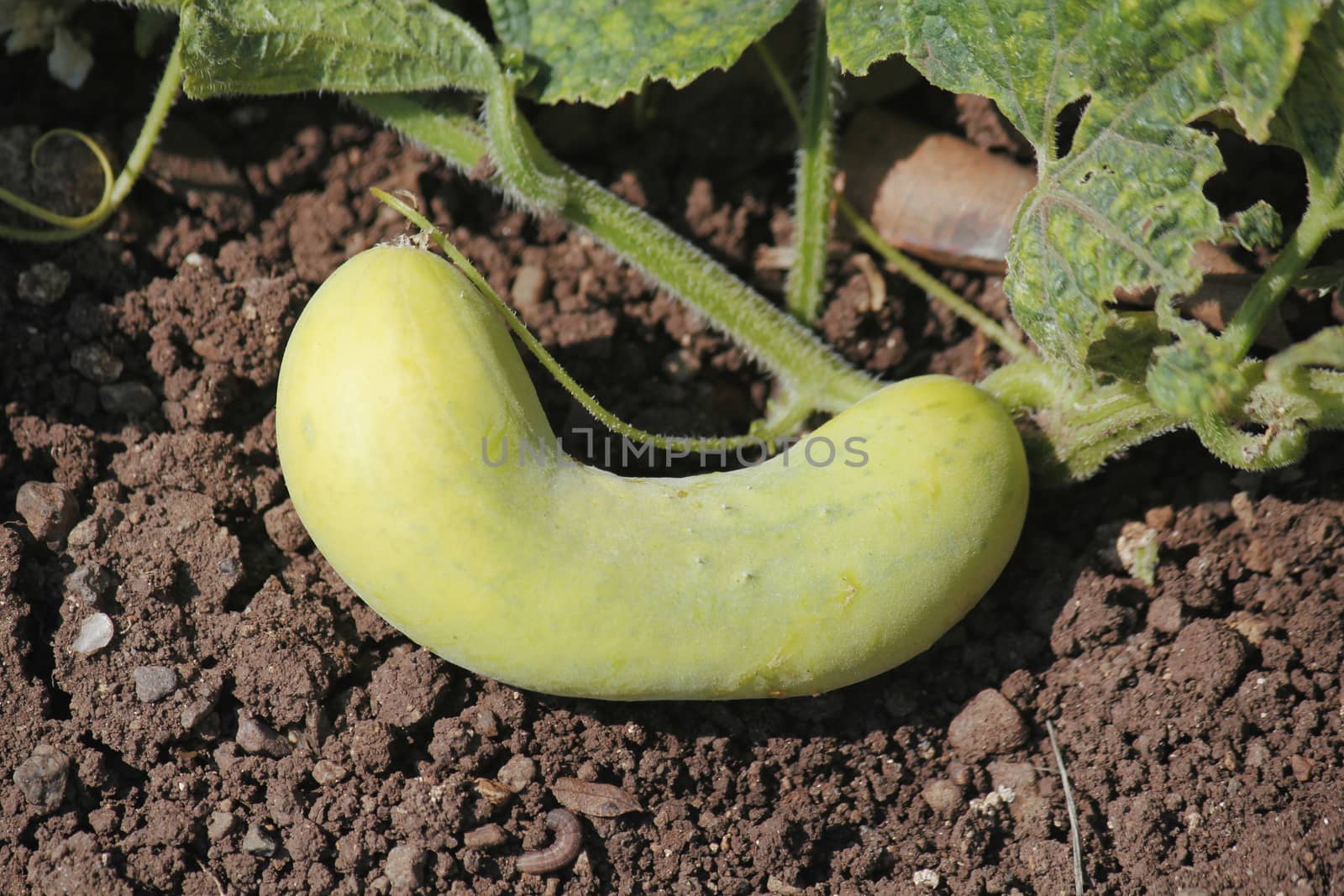
Cucumber, Cucumis sativus
Stock PhotoUsername
yandsResolution
5184x3456pxCucumber, Cucumis sativus

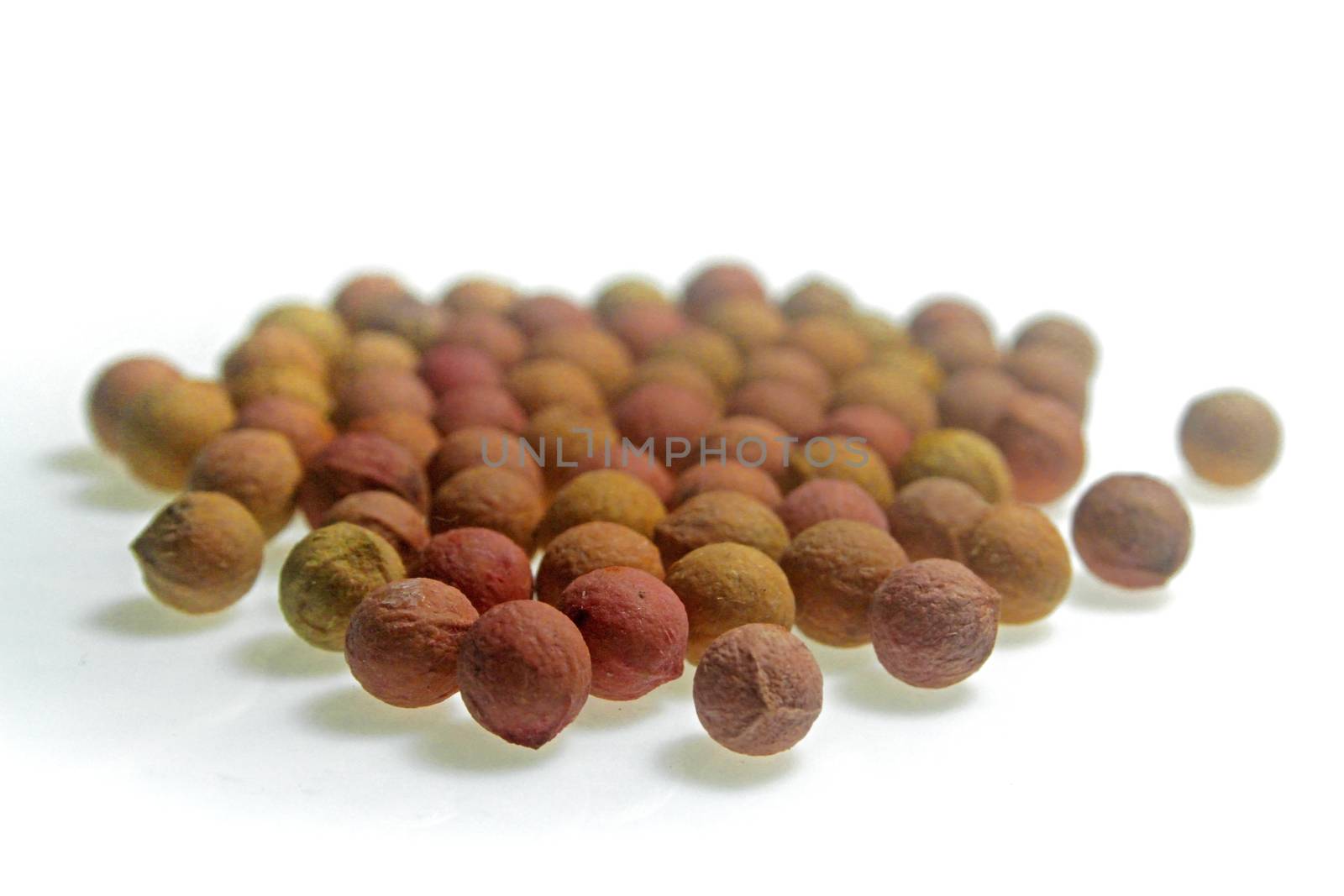
Seeds of sandalwood tree, Santalum spicatum
Stock PhotoUsername
yandsResolution
5184x3456pxSeeds of sandalwood tree, Santalum spicatum

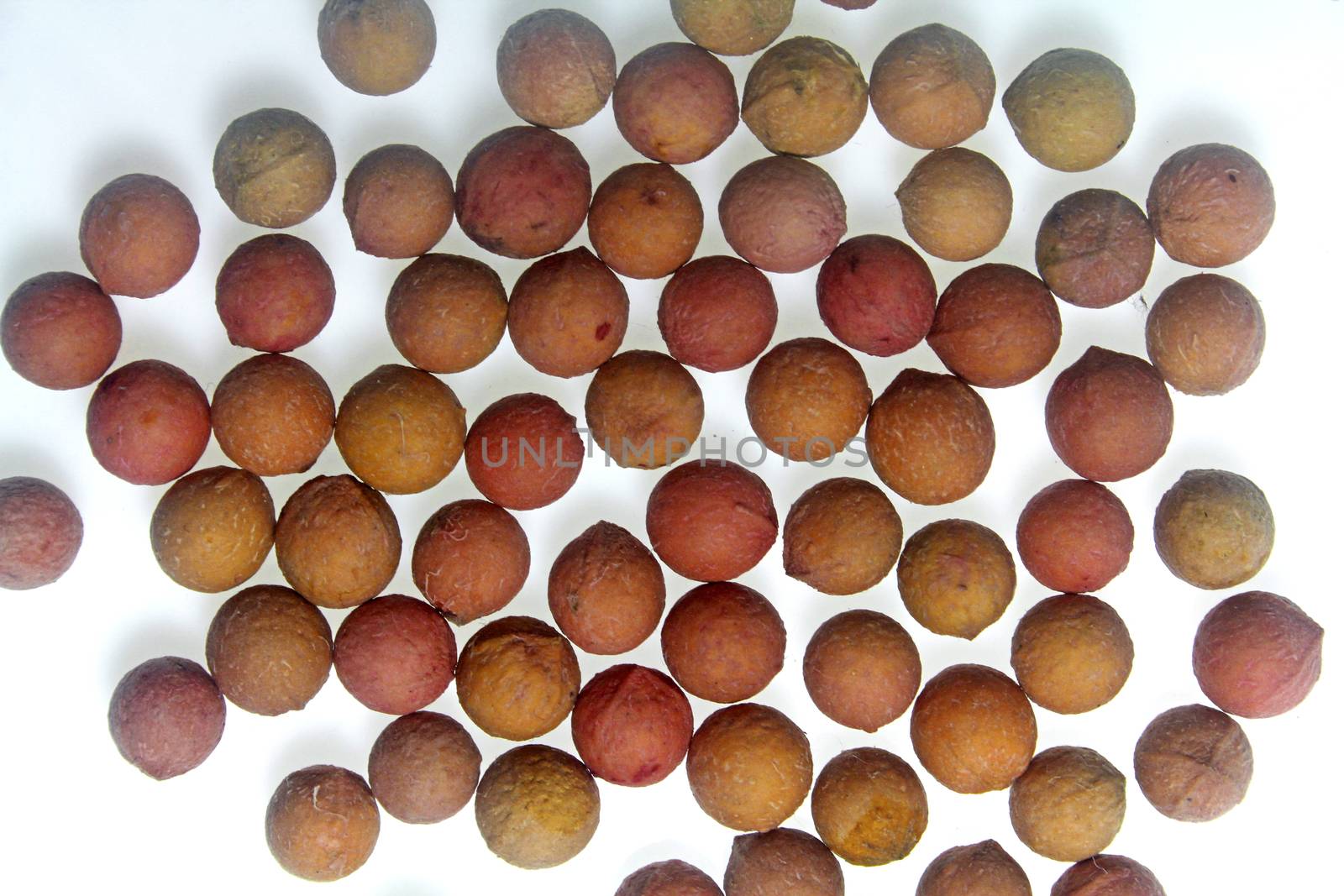
Seeds of sandalwood tree, Santalum spicatum
Stock PhotoUsername
yandsResolution
5184x3456pxSeeds of sandalwood tree, Santalum spicatum

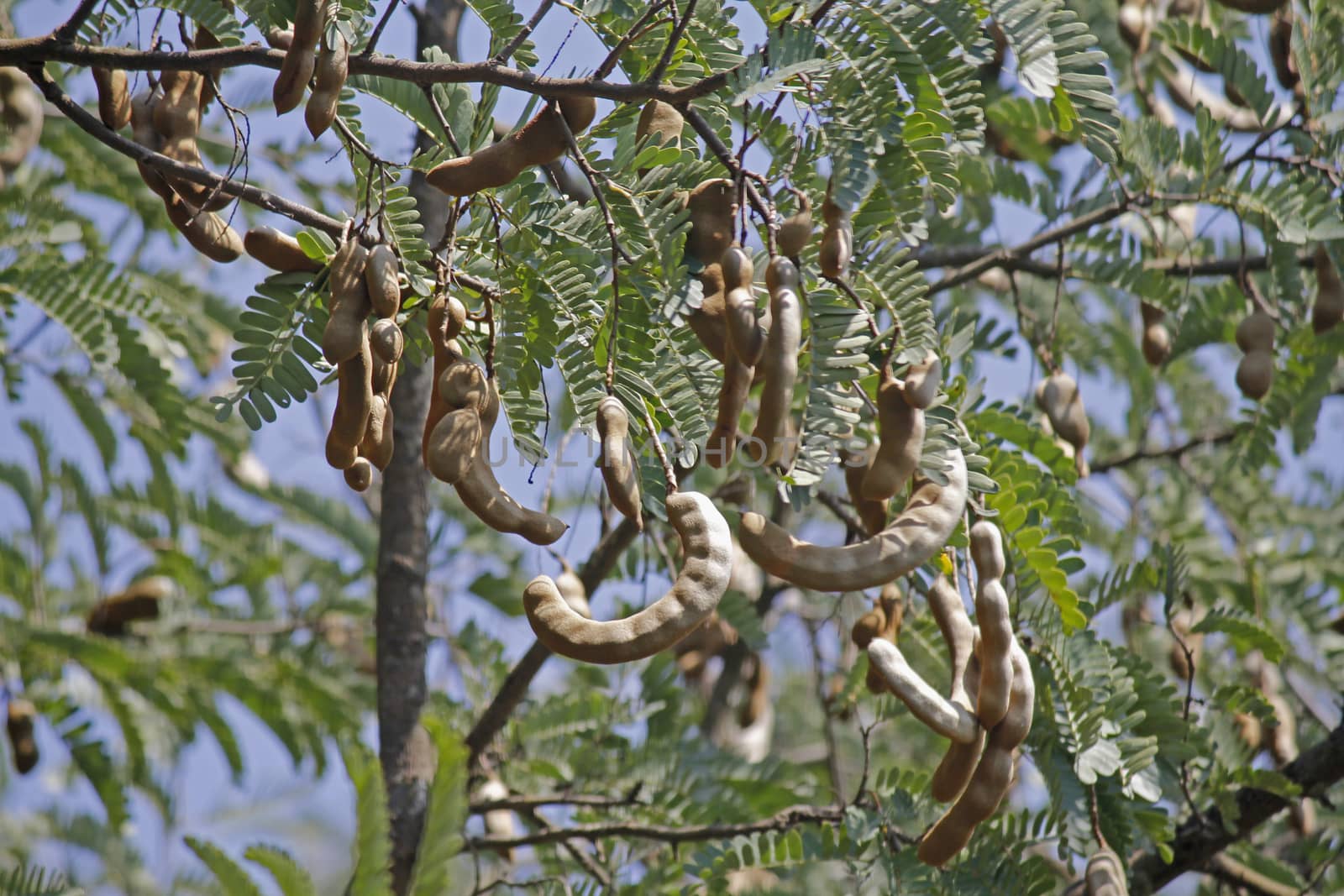
Tamarind, Tamarindus indica
Stock PhotoUsername
yandsResolution
5184x3456pxTamarind, Tamarindus indica

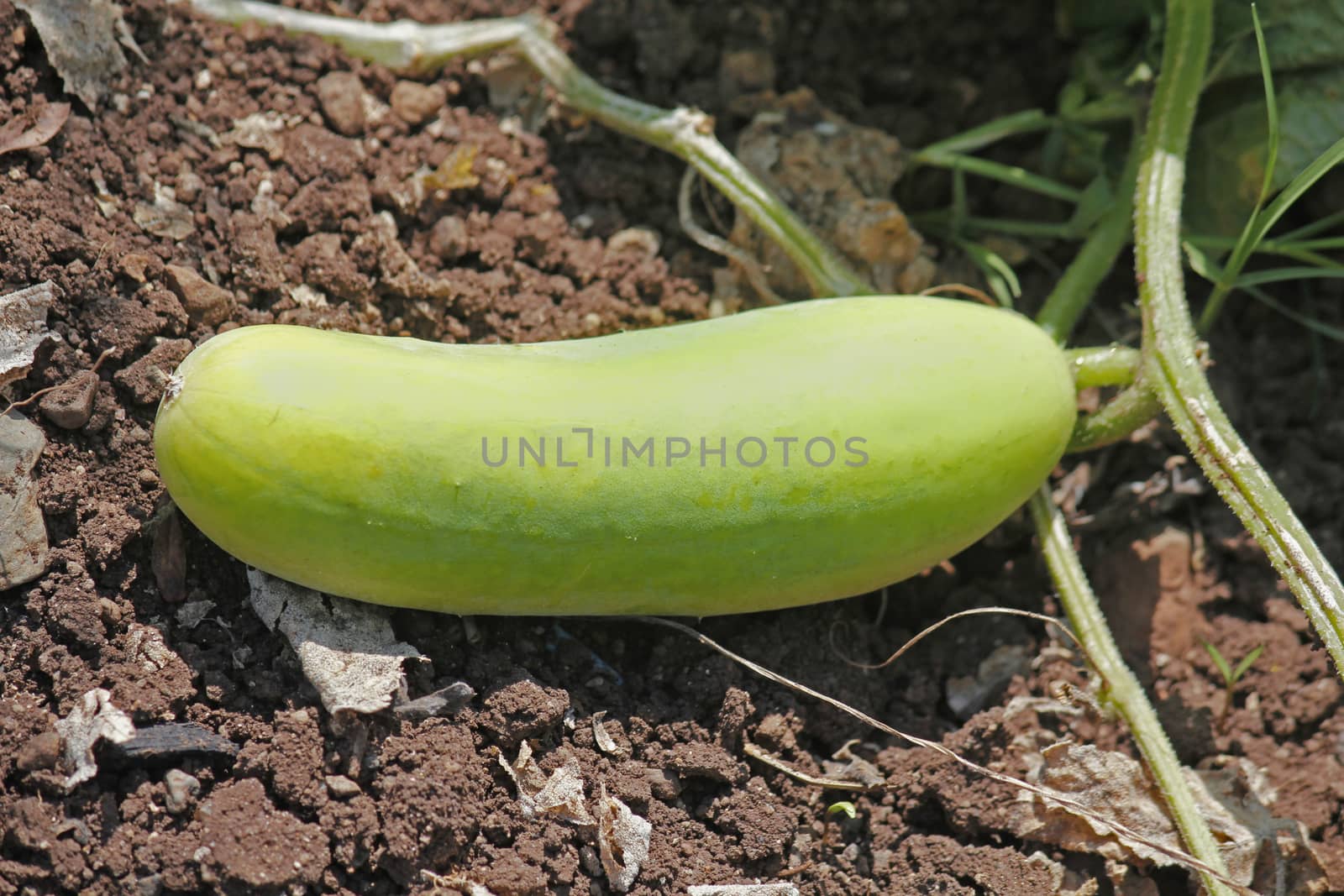
Cucumber, Cucumis sativus
Stock PhotoUsername
yandsResolution
5184x3456pxCucumber, Cucumis sativus

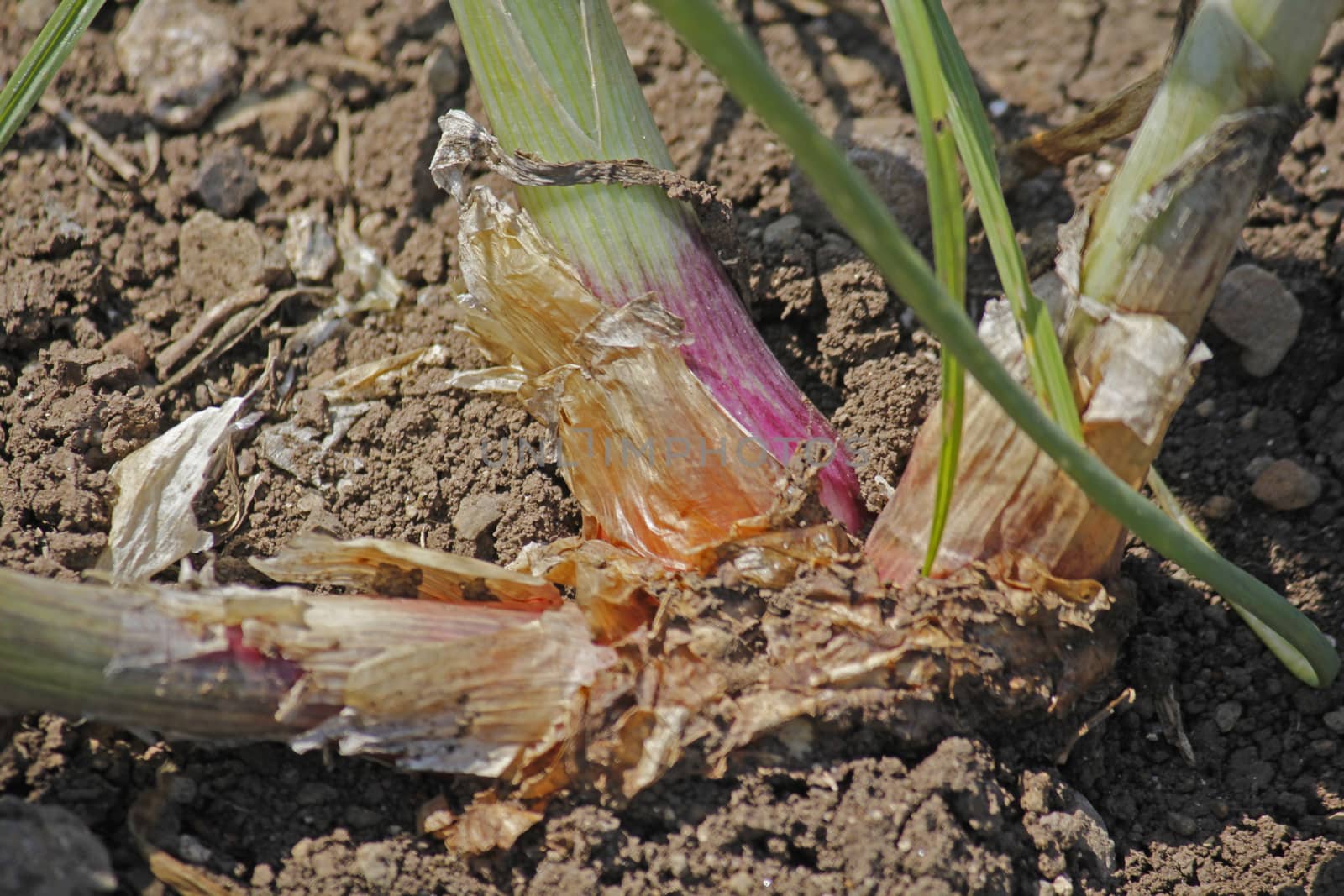
Field of Onion, Allium cepa
Stock PhotoUsername
yandsResolution
5184x3456pxField of Onion, Allium cepa

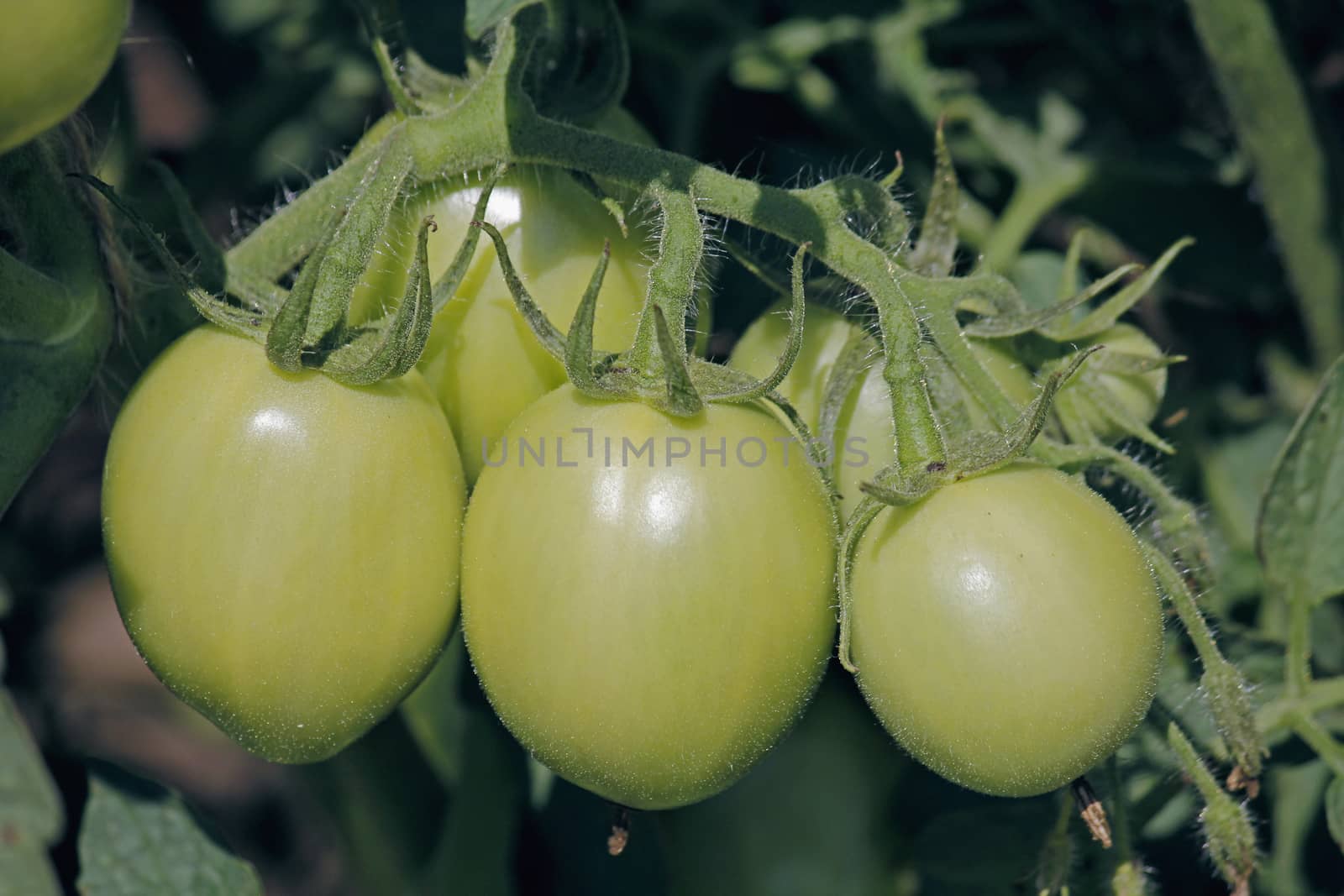
Lycopersicon esculentum, Solanum lycopersicum
Stock PhotoUsername
yandsResolution
5184x3456pxLycopersicon esculentum, Solanum lycopersicum

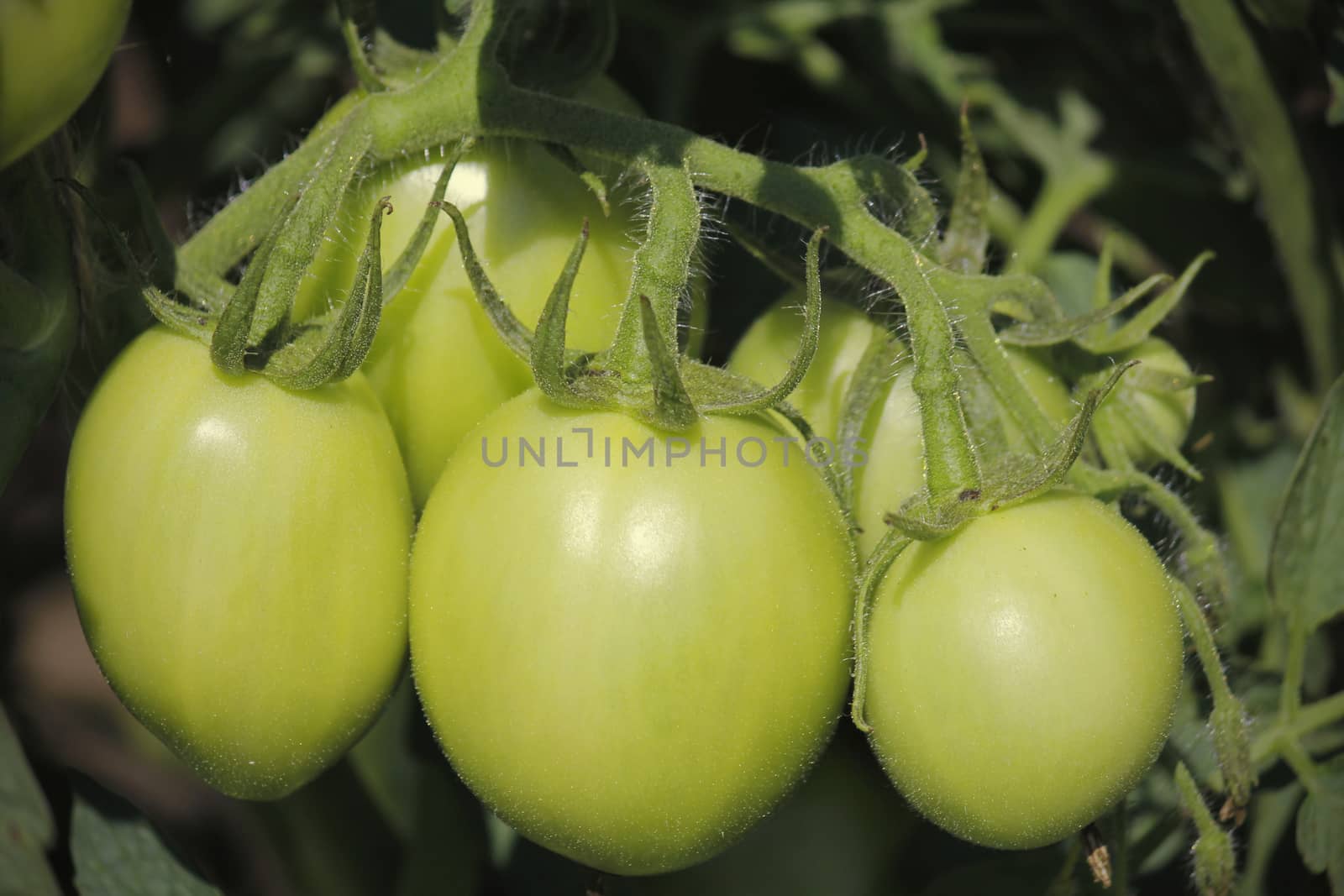
Lycopersicon esculentum, Solanum lycopersicum
Stock PhotoUsername
yandsResolution
5184x3456pxLycopersicon esculentum, Solanum lycopersicum

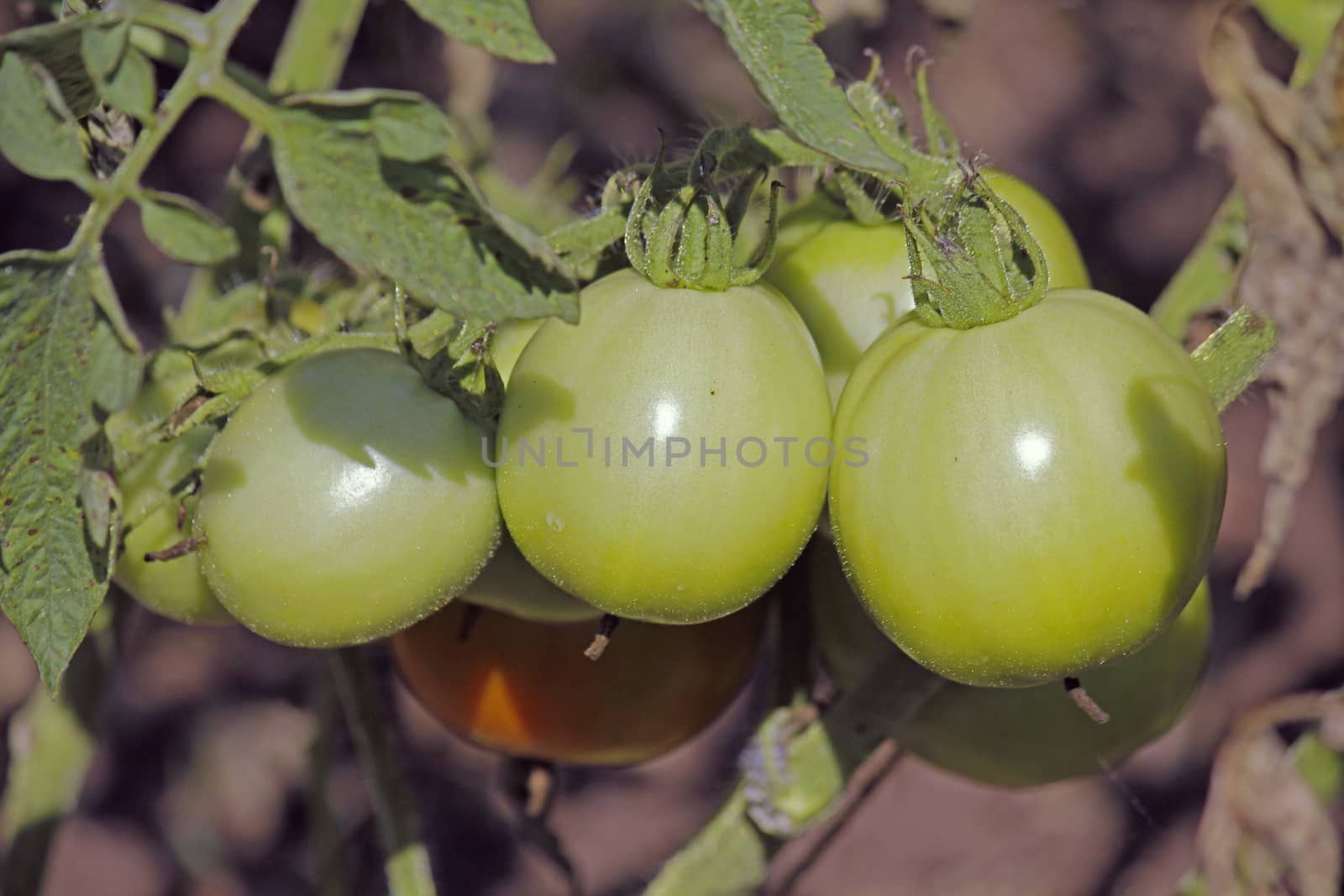
Lycopersicon esculentum, Solanum lycopersicum
Stock PhotoUsername
yandsResolution
5184x3456pxLycopersicon esculentum, Solanum lycopersicum

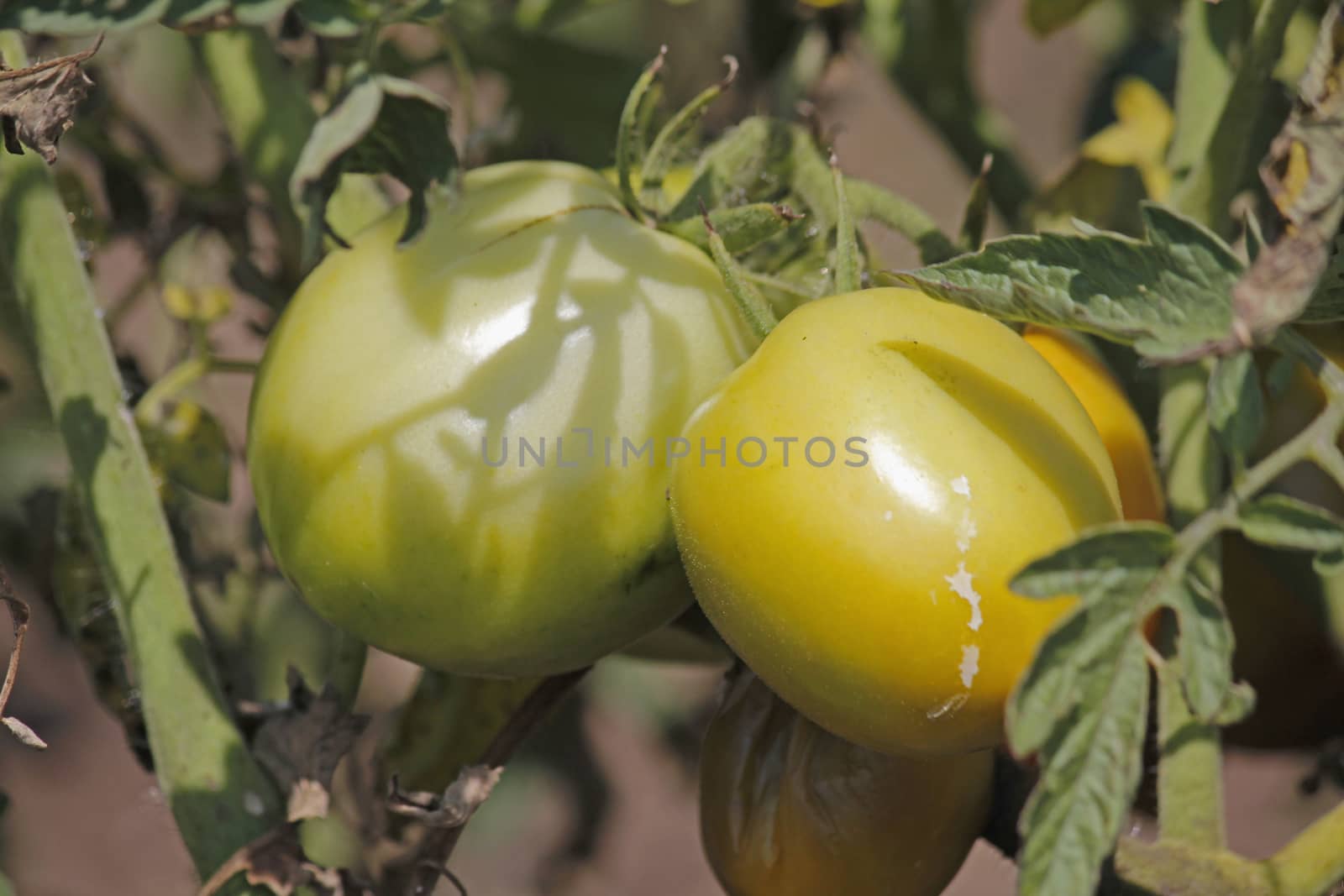
Lycopersicon esculentum, Solanum lycopersicum
Stock PhotoUsername
yandsResolution
5184x3456pxLycopersicon esculentum, Solanum lycopersicum

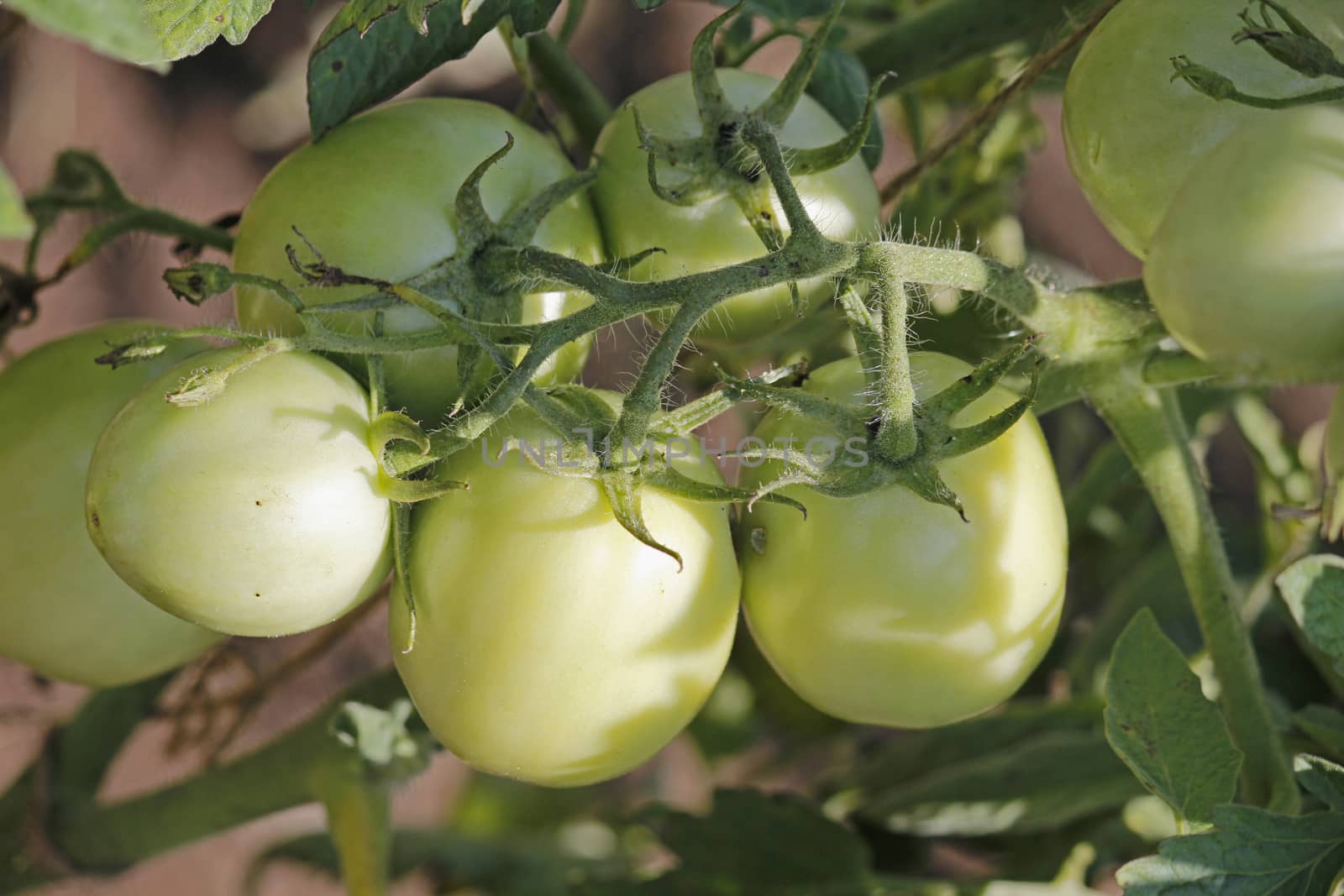
Lycopersicon esculentum, Solanum lycopersicum
Stock PhotoUsername
yandsResolution
5184x3456pxLycopersicon esculentum, Solanum lycopersicum

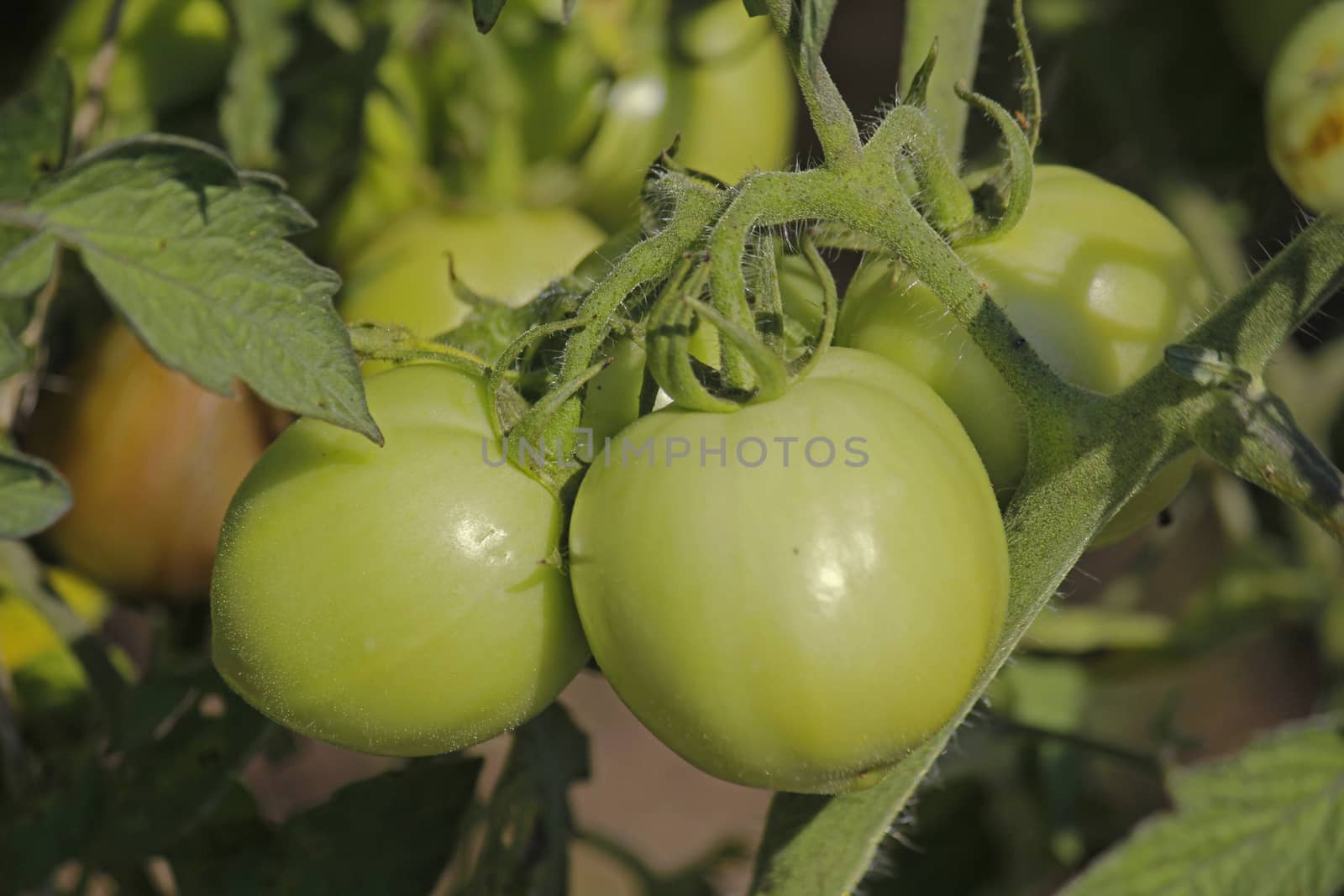
Lycopersicon esculentum, Solanum lycopersicum
Stock PhotoUsername
yandsResolution
5184x3456pxLycopersicon esculentum, Solanum lycopersicum

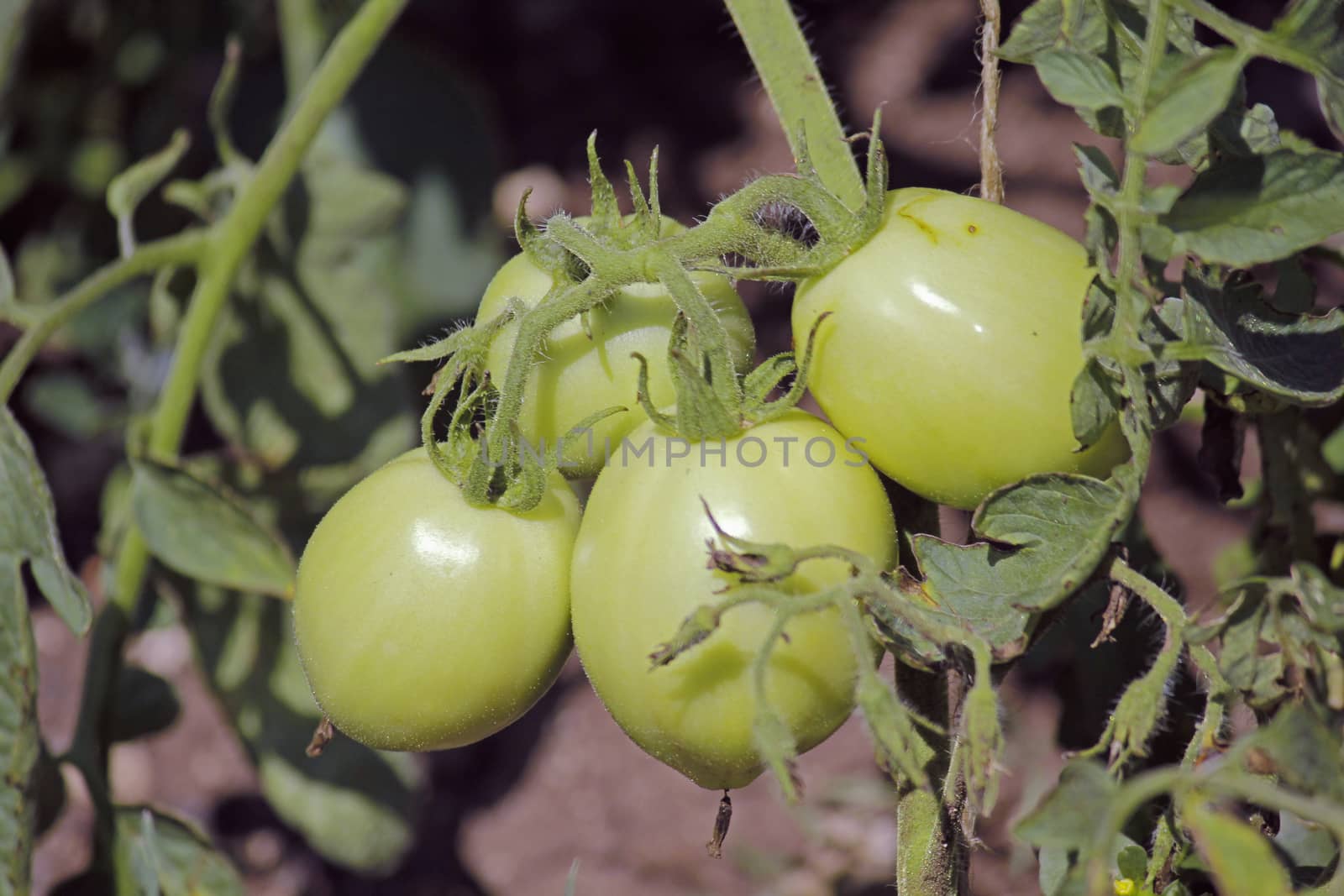
Lycopersicon esculentum, Solanum lycopersicum
Stock PhotoUsername
yandsResolution
5184x3456pxLycopersicon esculentum, Solanum lycopersicum

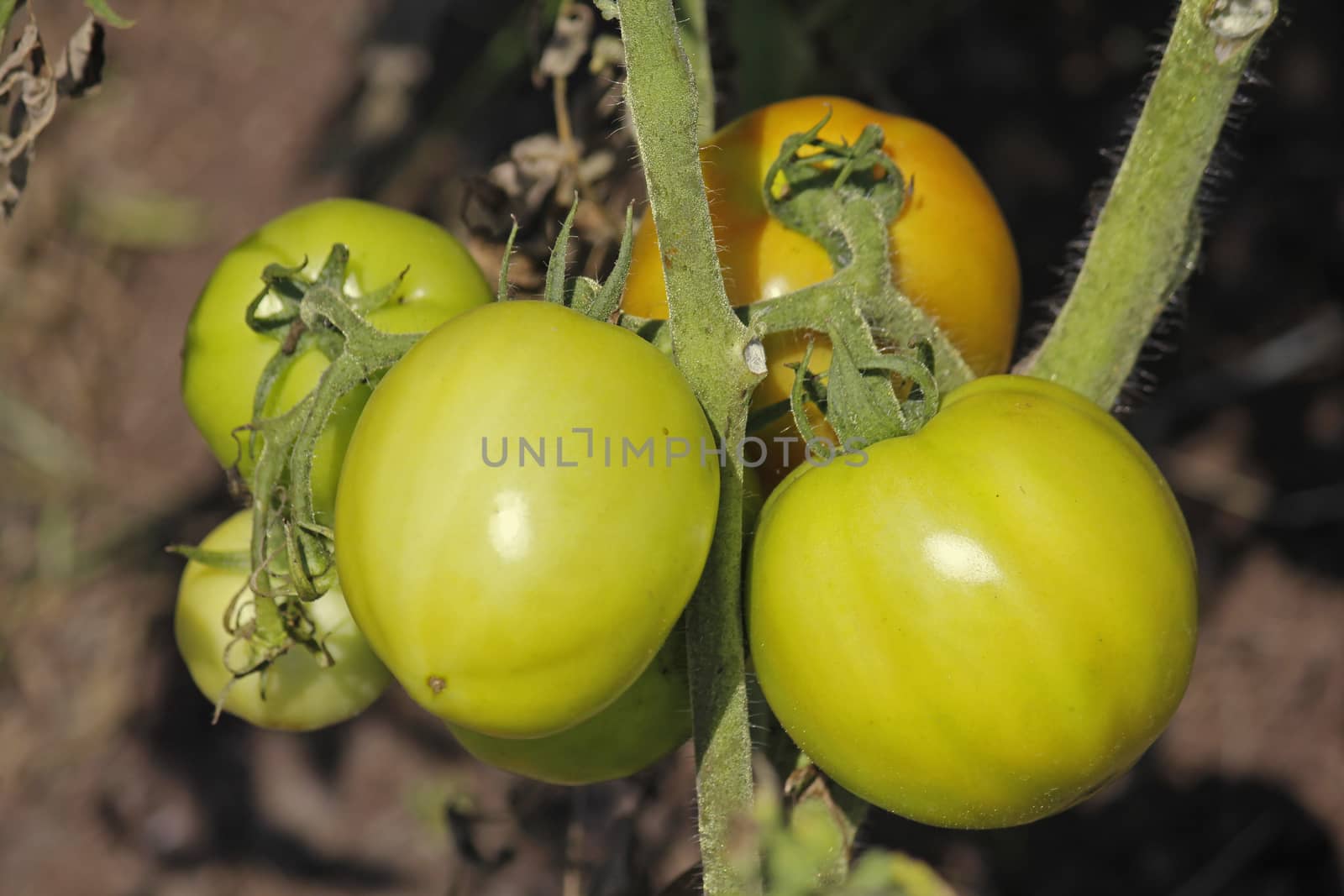
Lycopersicon esculentum, Solanum lycopersicum
Stock PhotoUsername
yandsResolution
5184x3456pxLycopersicon esculentum, Solanum lycopersicum

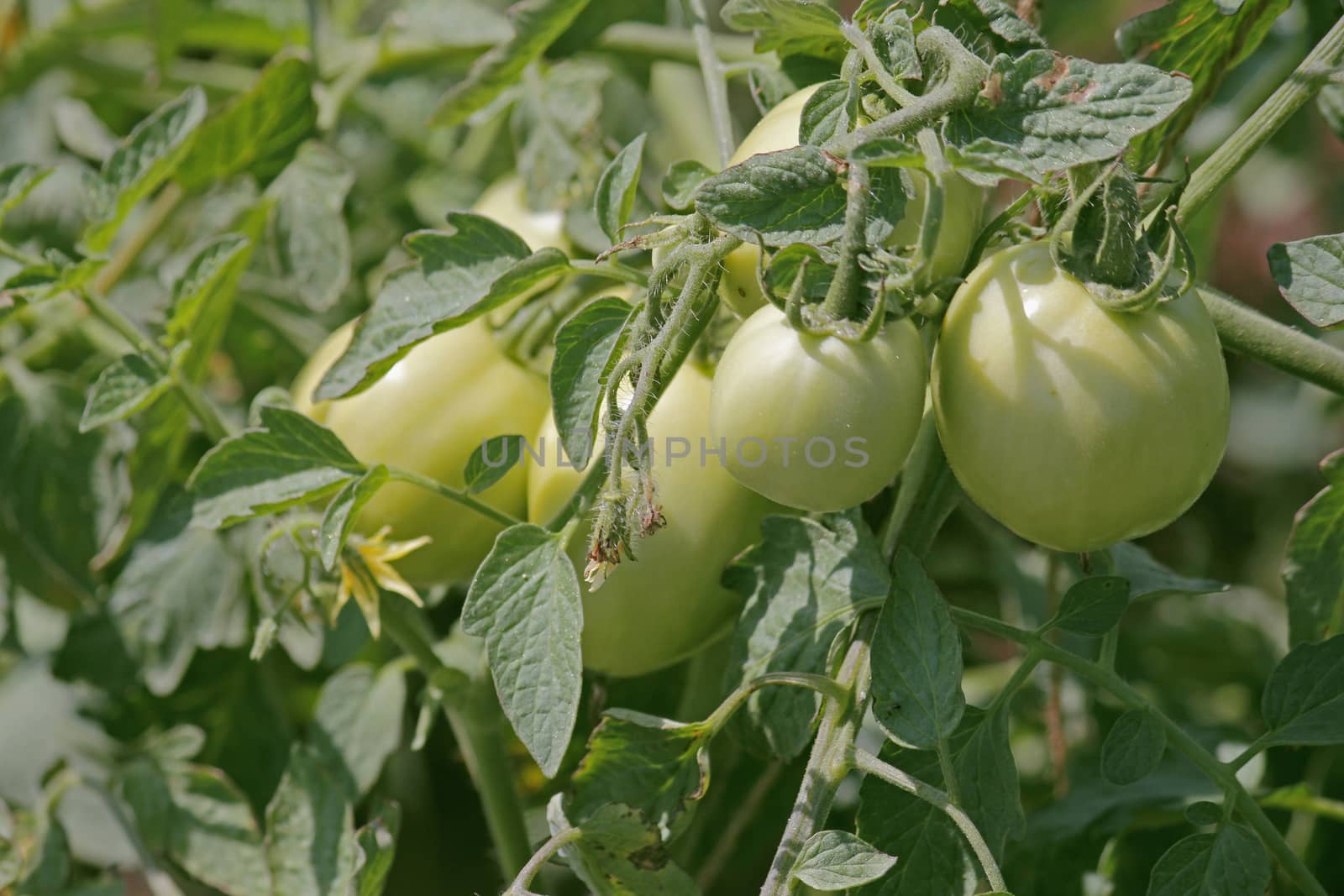
Lycopersicon esculentum, Solanum lycopersicum
Stock PhotoUsername
yandsResolution
5184x3456pxLycopersicon esculentum, Solanum lycopersicum

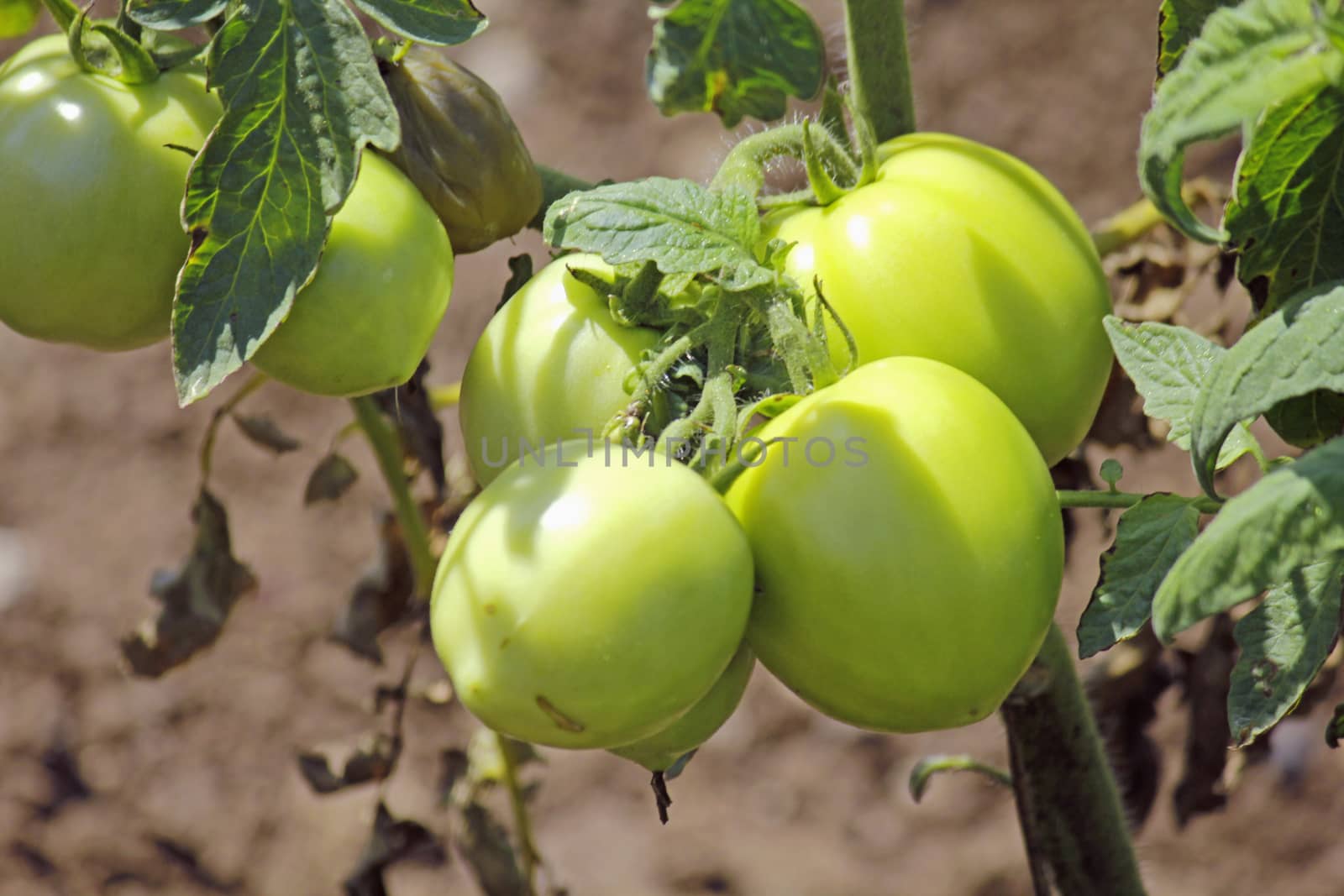
Lycopersicon esculentum, Solanum lycopersicum
Stock PhotoUsername
yandsResolution
5184x3456pxLycopersicon esculentum, Solanum lycopersicum

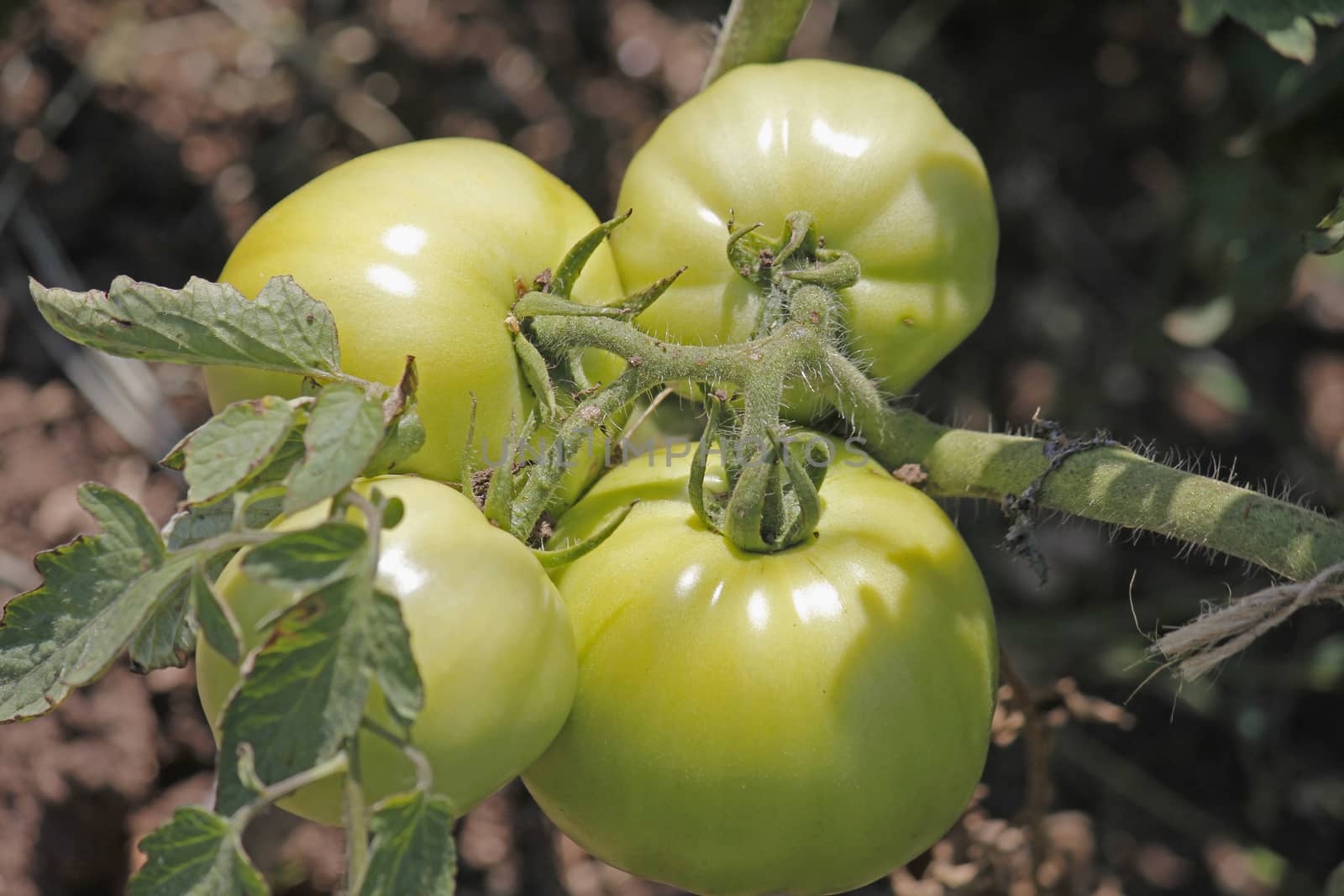
Lycopersicon esculentum, Solanum lycopersicum
Stock PhotoUsername
yandsResolution
5184x3456pxLycopersicon esculentum, Solanum lycopersicum

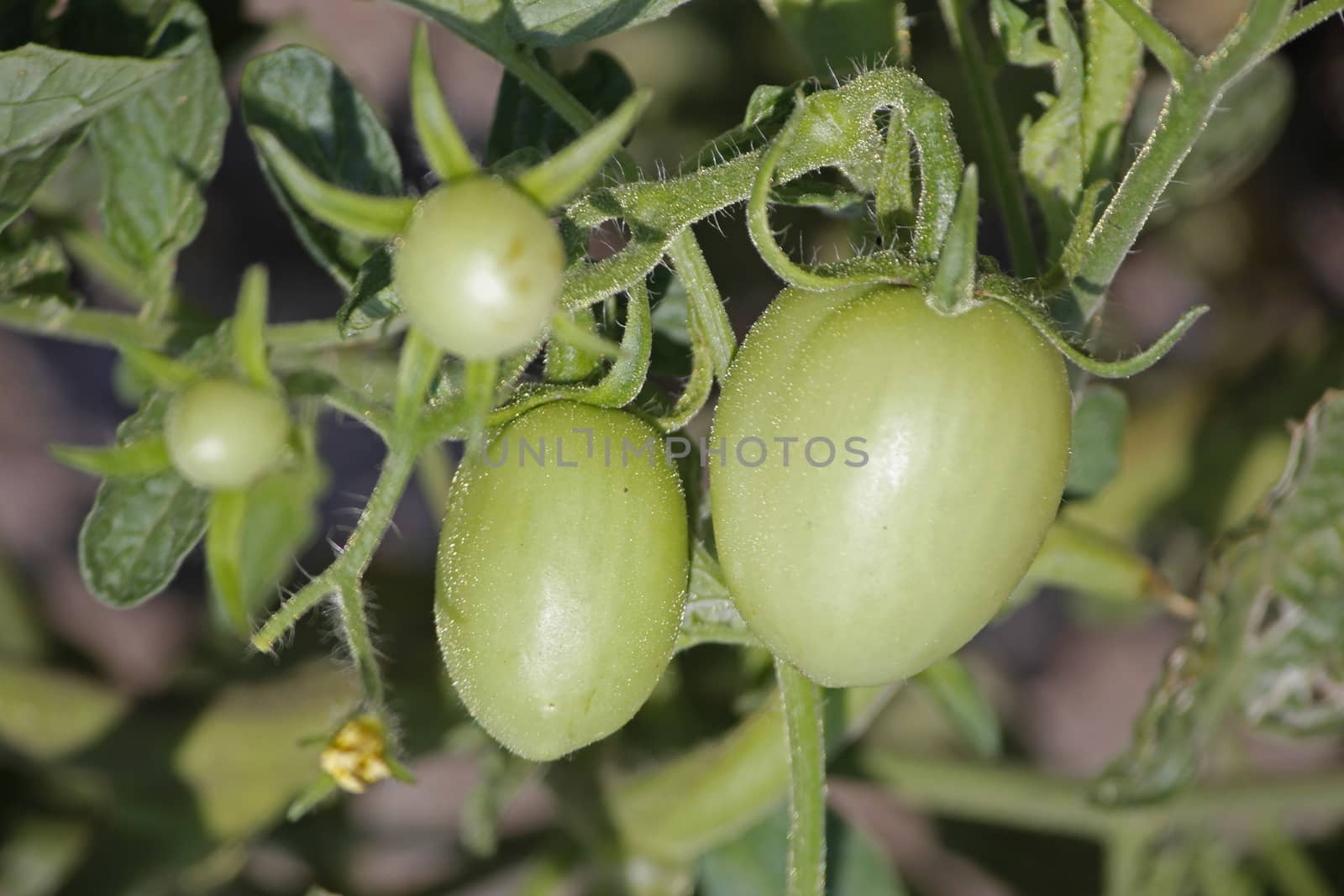
Lycopersicon esculentum, Solanum lycopersicum
Stock PhotoUsername
yandsResolution
5184x3456pxLycopersicon esculentum, Solanum lycopersicum

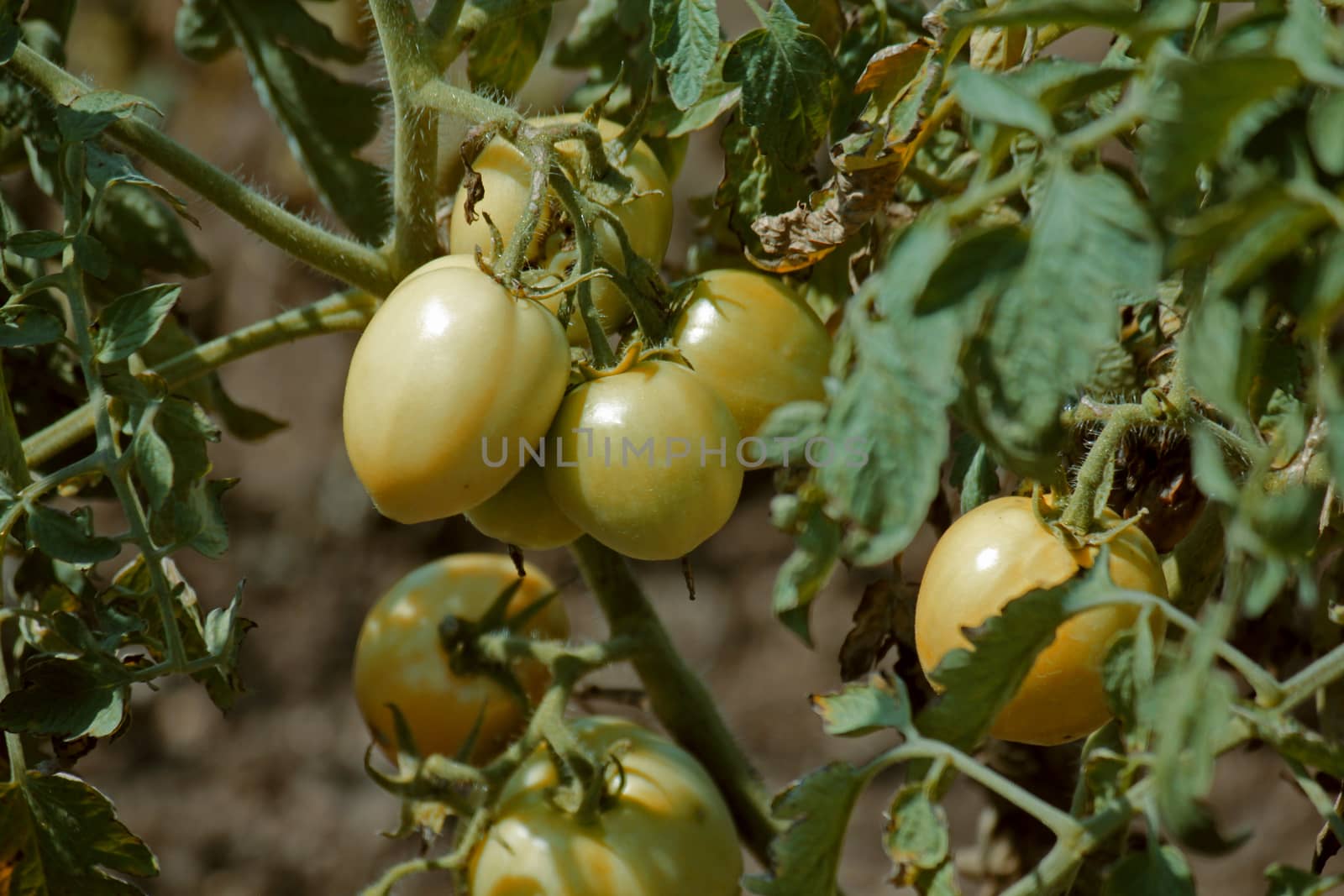
Lycopersicon esculentum, Solanum lycopersicum
Stock PhotoUsername
yandsResolution
5184x3456pxLycopersicon esculentum, Solanum lycopersicum

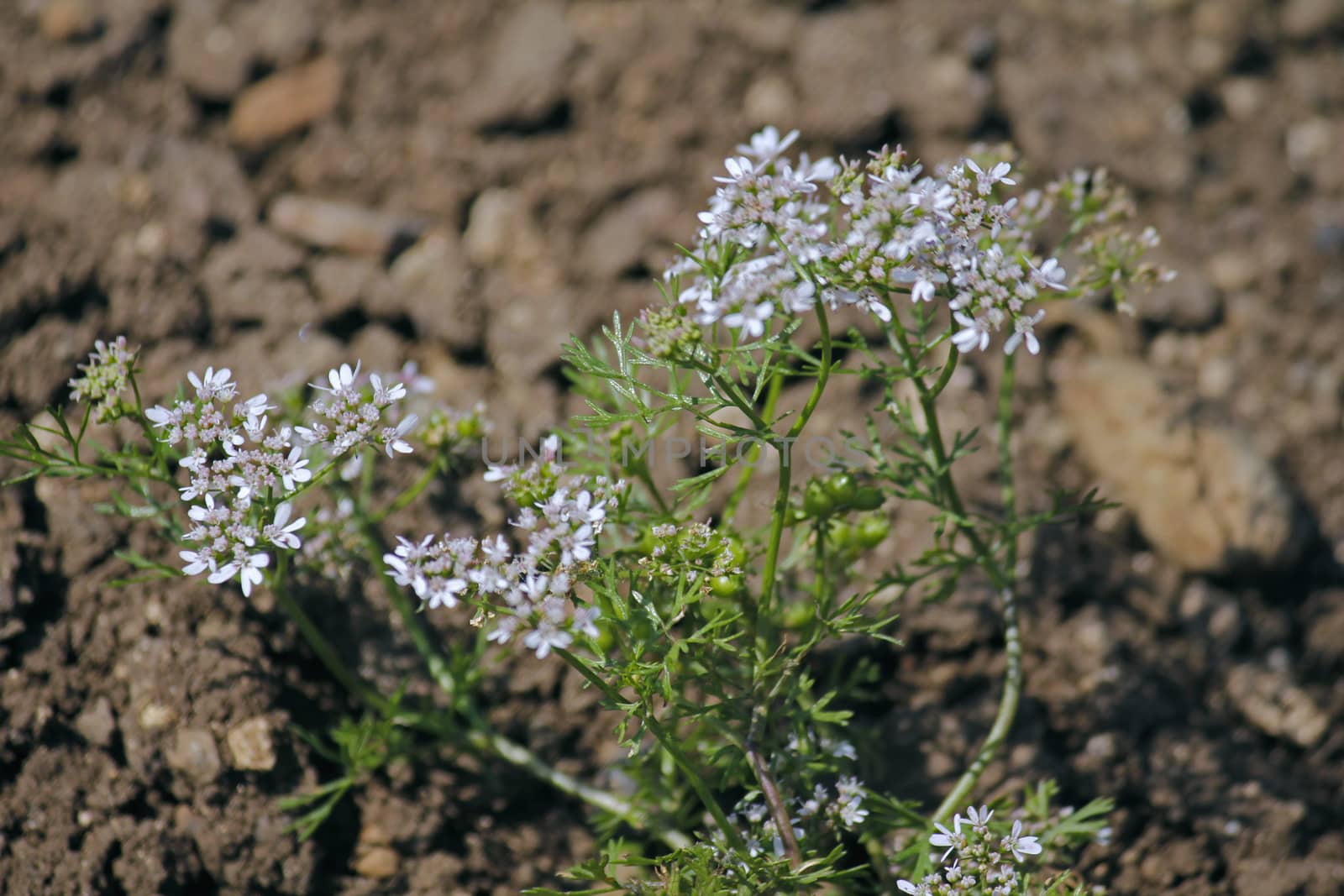
Flowers of Coriander, Coriandrum sativum
Stock PhotoUsername
yandsResolution
5184x3456pxFlowers of Coriander, Coriandrum sativum

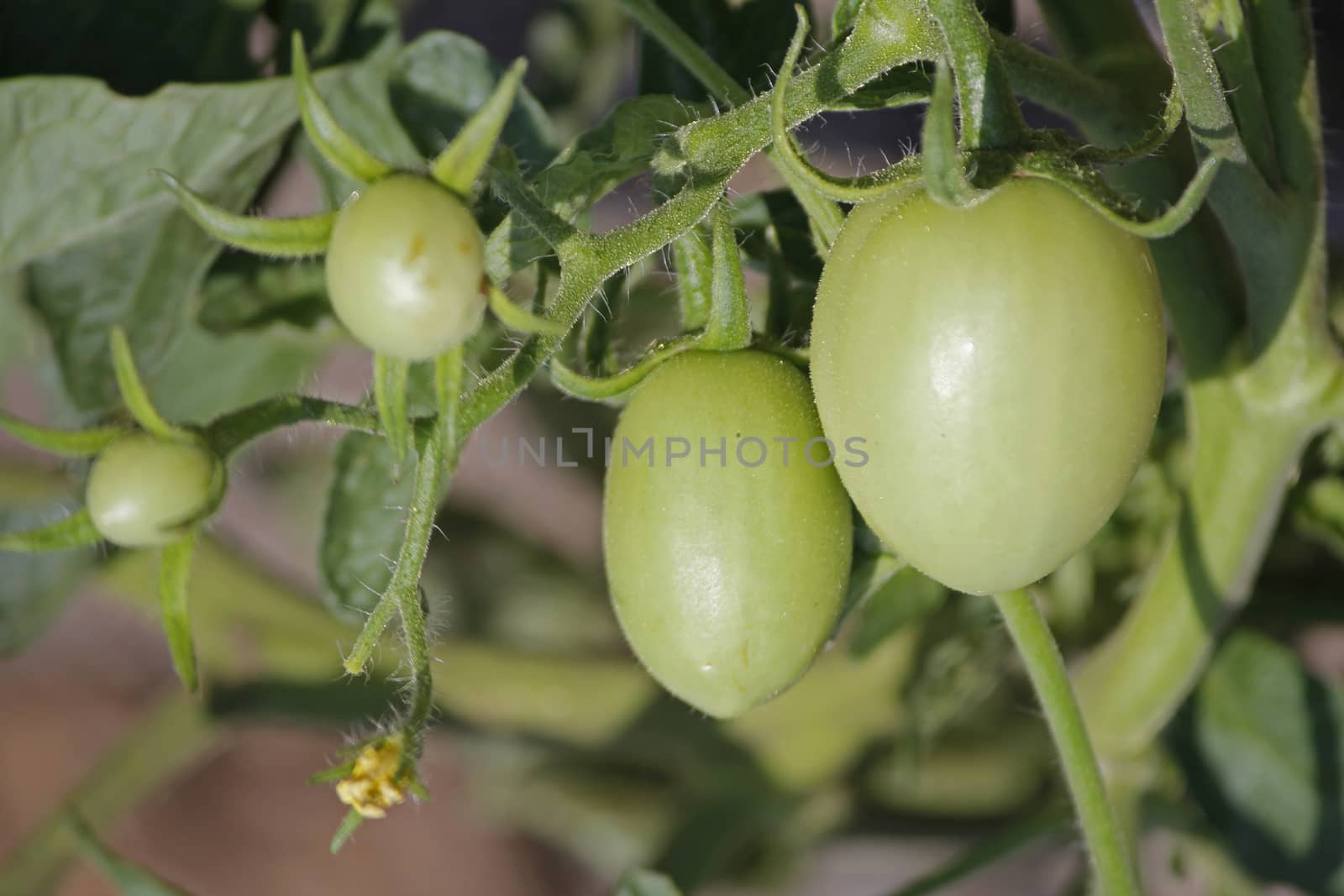
Lycopersicon esculentum, Solanum lycopersicum
Stock PhotoUsername
yandsResolution
5184x3456pxLycopersicon esculentum, Solanum lycopersicum

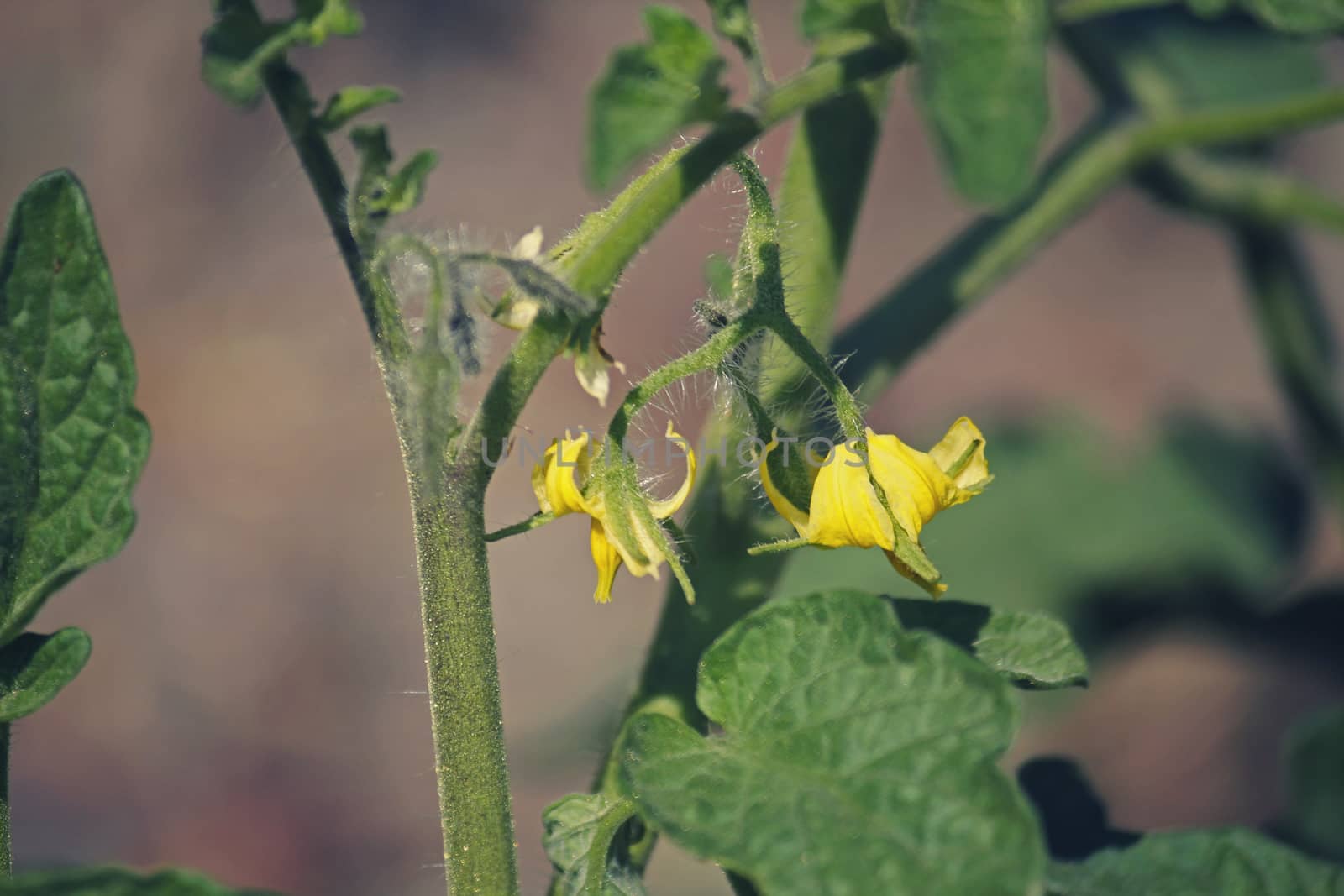
Flowers of Lycopersicon esculentum, Solanum lycopersicum
Stock PhotoUsername
yandsResolution
5184x3456pxFlowers of Lycopersicon esculentum, Solanum lycopersicum

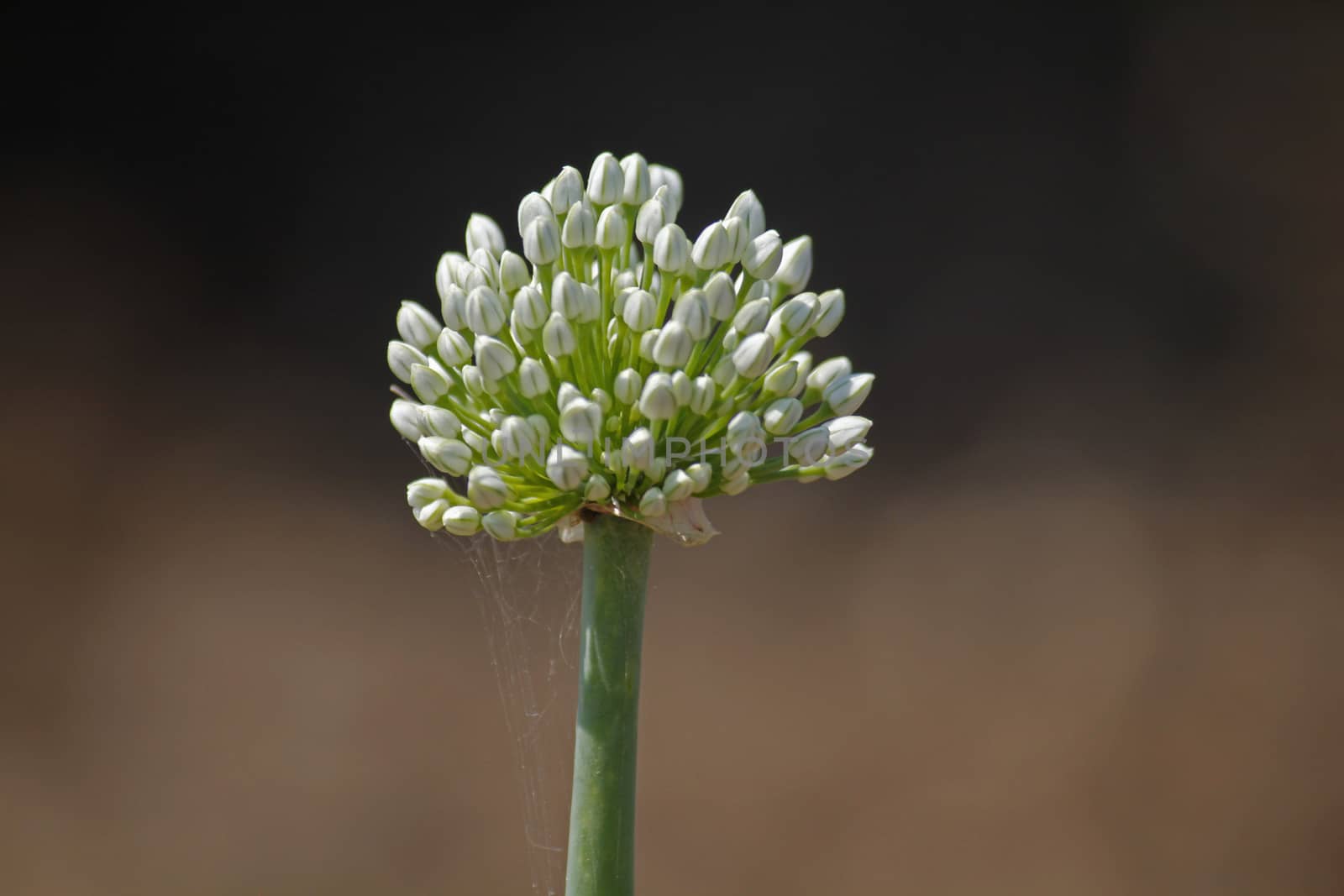
Flower of Onion, Allium cepa
Stock PhotoUsername
yandsResolution
5184x3456pxFlower of Onion, Allium cepa

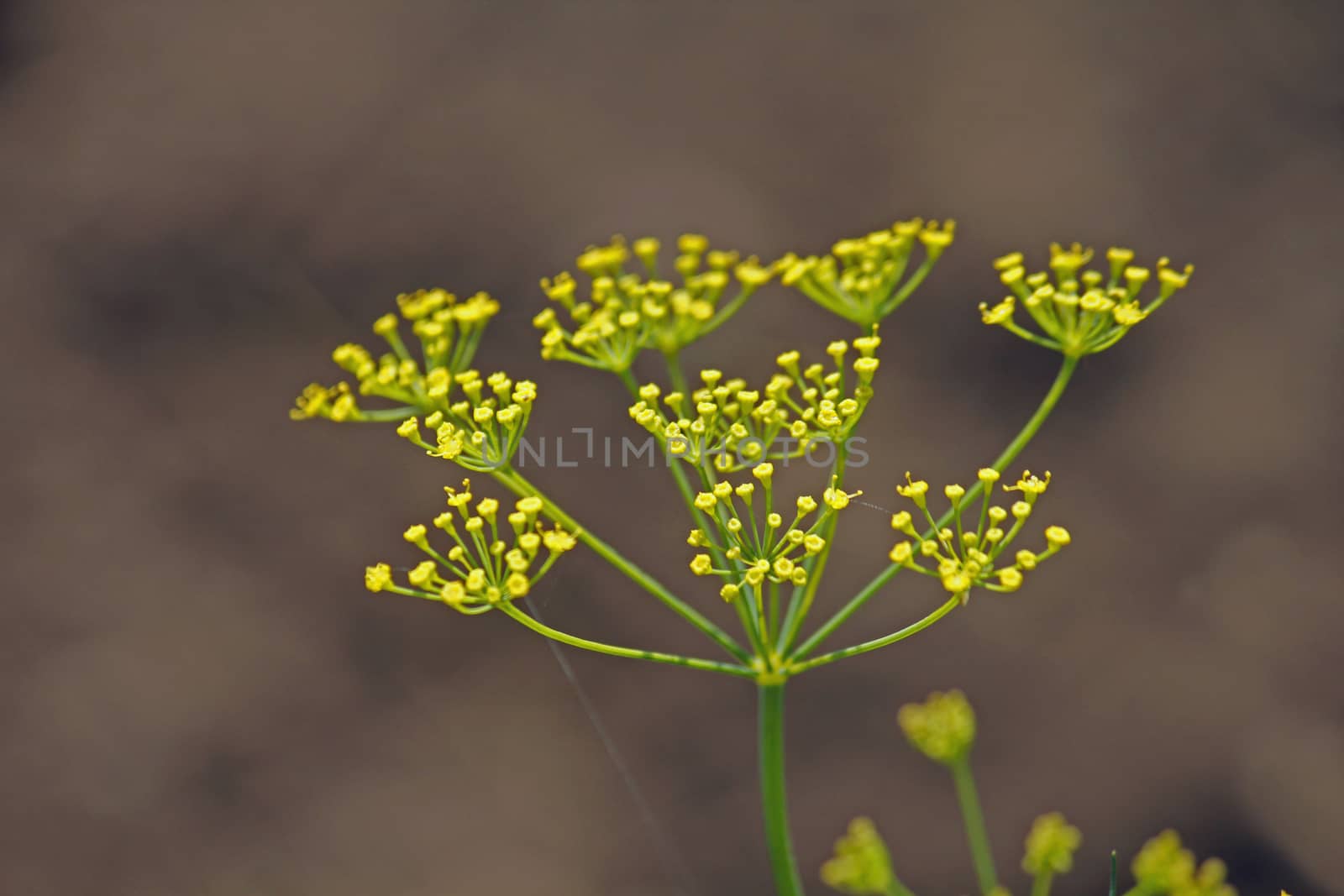
Fennel, Sweet fennel, Florence fennel, Finocchio, Foeniculum vul
Stock PhotoUsername
yandsResolution
5184x3456pxFennel, Sweet fennel, Florence fennel, Finocchio, Foeniculum vul

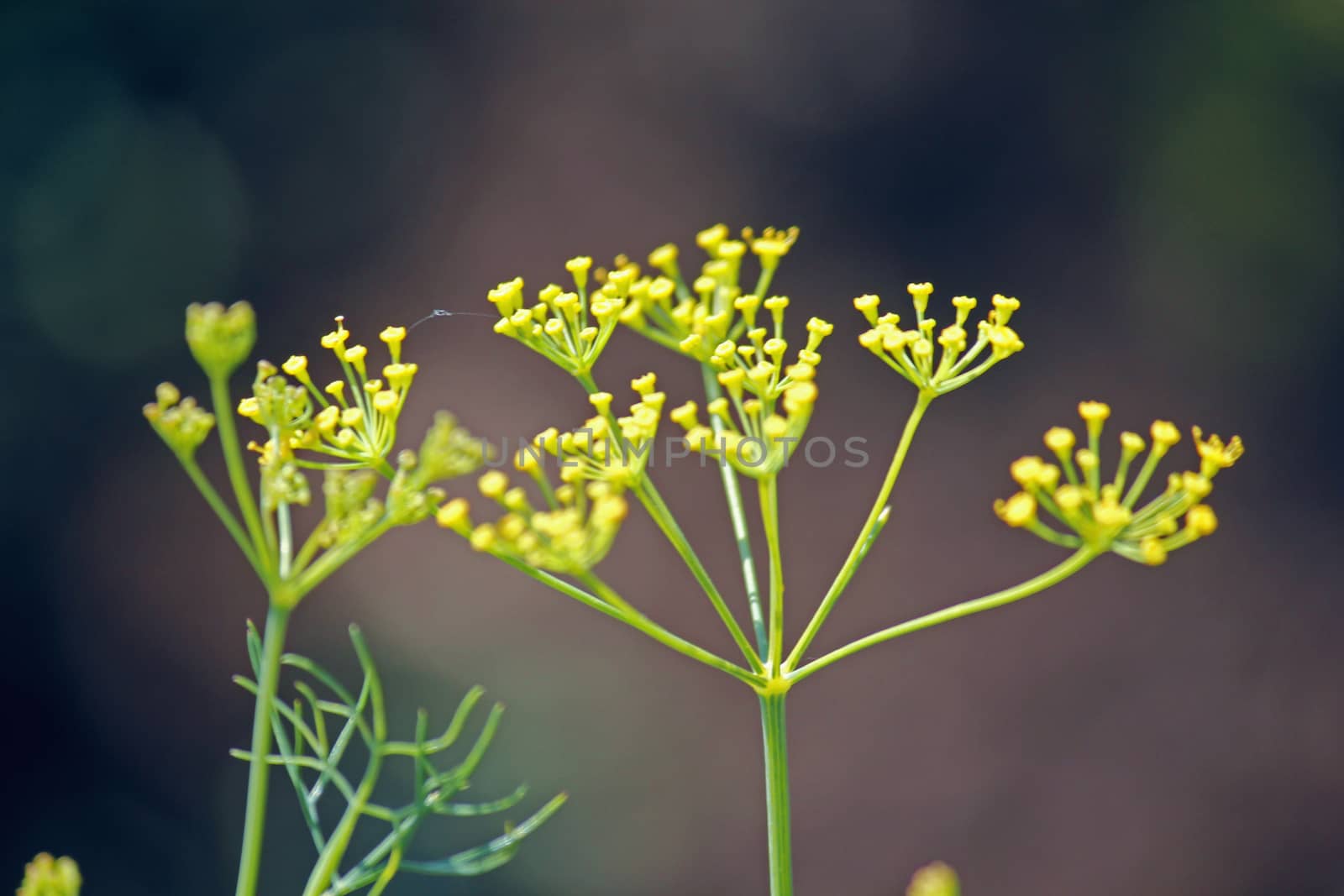
Fennel, Sweet fennel, Florence fennel, Finocchio, Foeniculum vul
Stock PhotoUsername
yandsResolution
5184x3456pxFennel, Sweet fennel, Florence fennel, Finocchio, Foeniculum vul

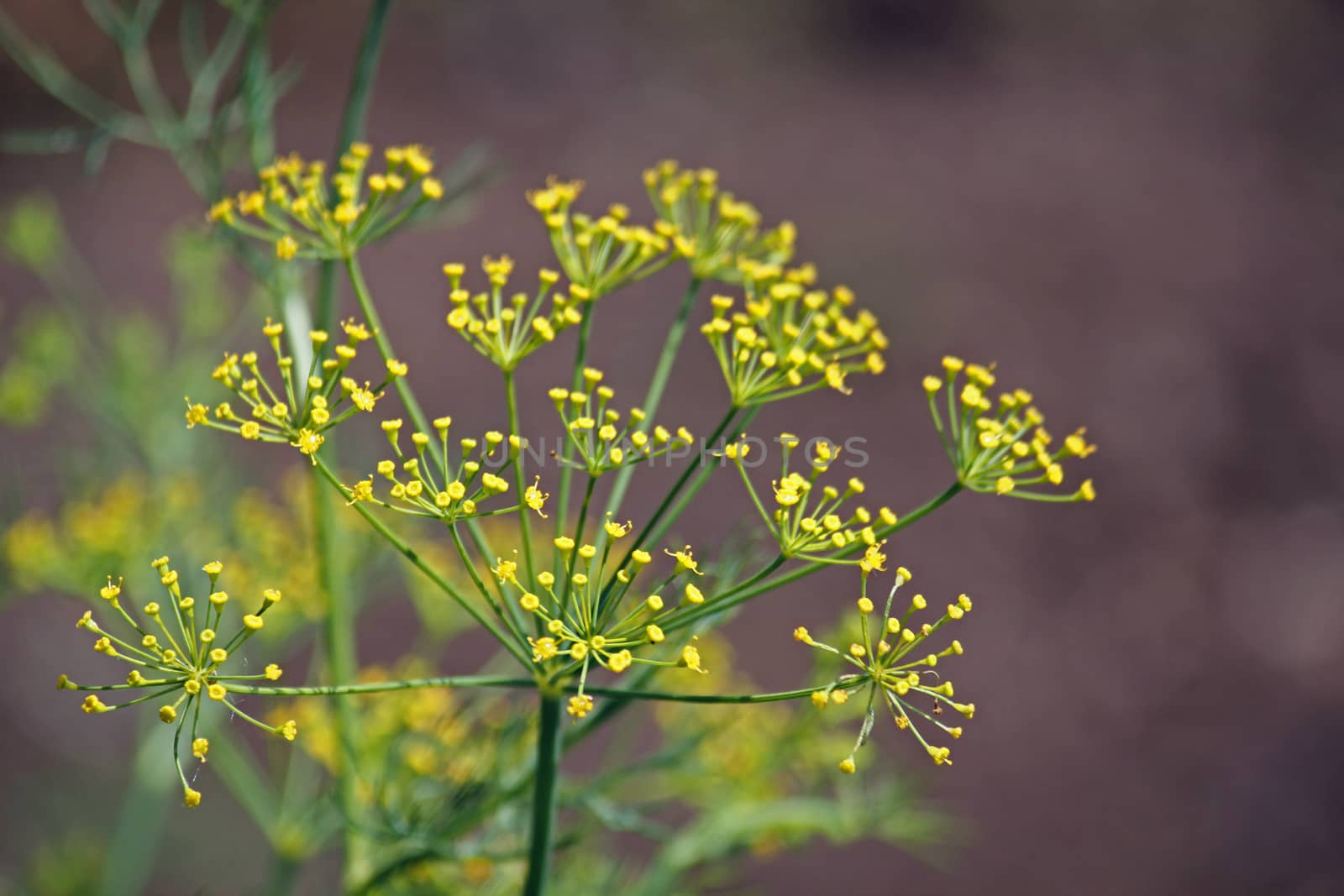
Fennel, Sweet fennel, Florence fennel, Finocchio, Foeniculum vul
Stock PhotoUsername
yandsResolution
5184x3456pxFennel, Sweet fennel, Florence fennel, Finocchio, Foeniculum vul

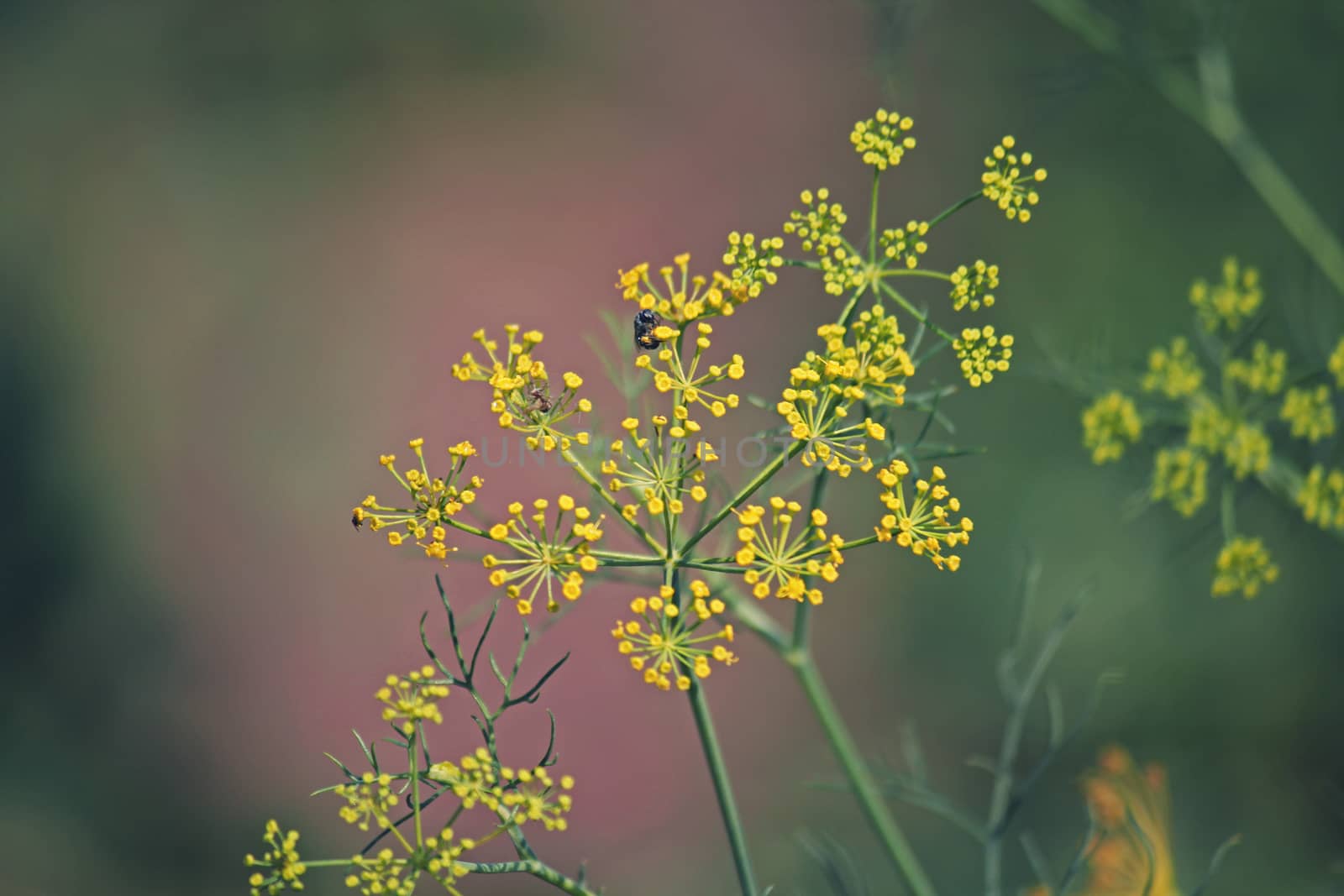
Fennel, Sweet fennel, Florence fennel, Finocchio, Foeniculum vul
Stock PhotoUsername
yandsResolution
5184x3456pxFennel, Sweet fennel, Florence fennel, Finocchio, Foeniculum vul

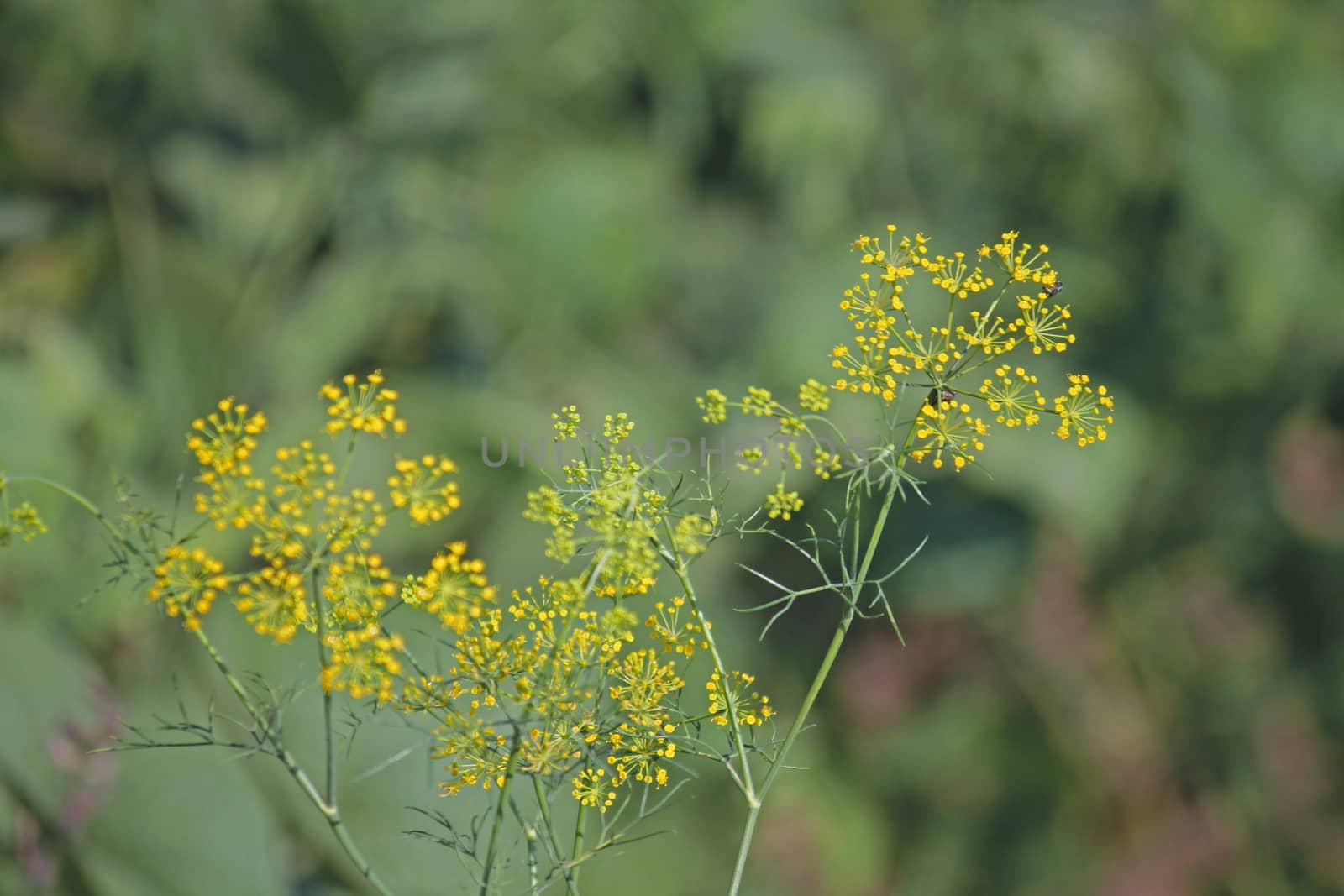
Fennel, Sweet fennel, Florence fennel, Finocchio, Foeniculum vul
Stock PhotoUsername
yandsResolution
5184x3456pxFennel, Sweet fennel, Florence fennel, Finocchio, Foeniculum vul

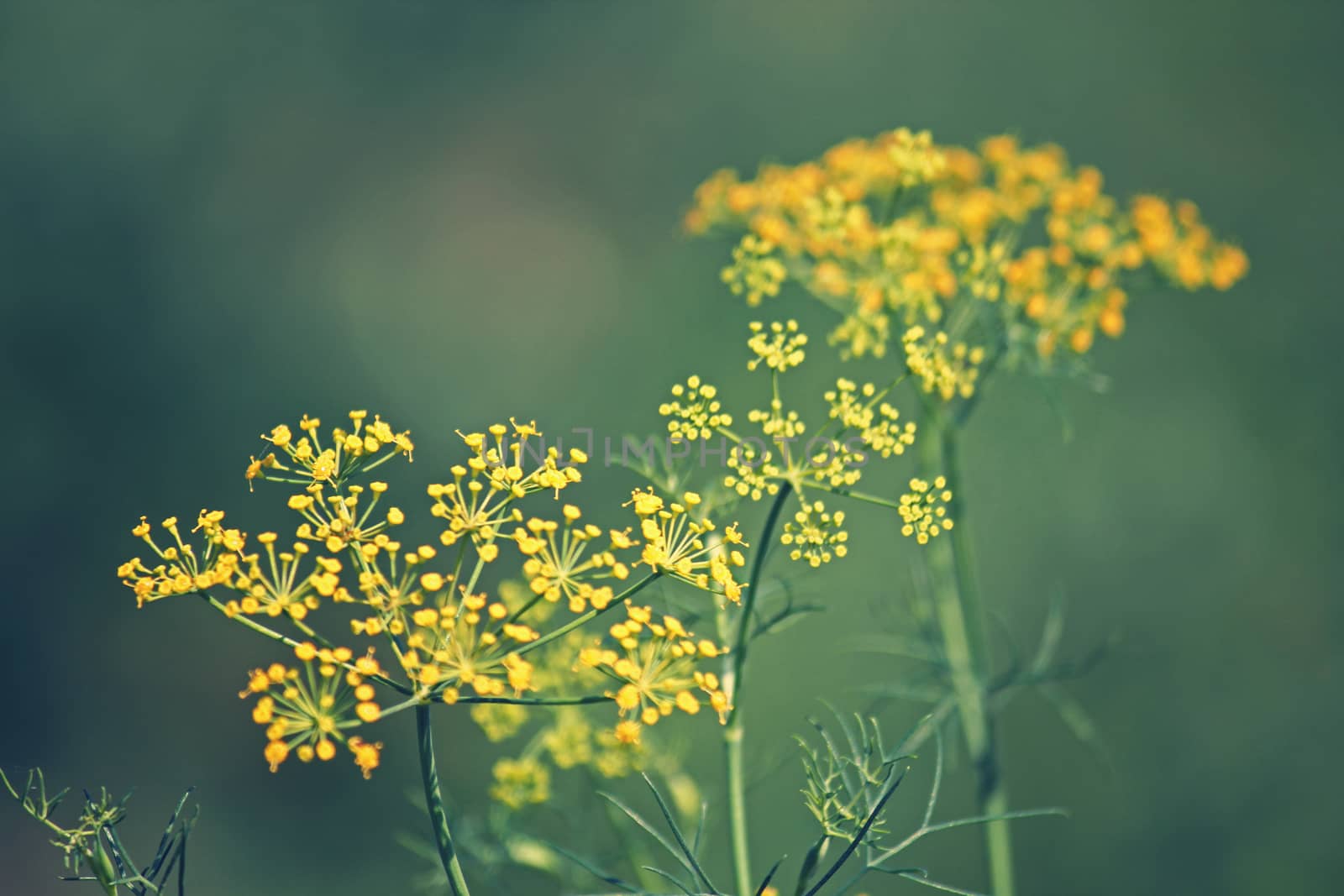
Fennel, Sweet fennel, Florence fennel, Finocchio, Foeniculum vul
Stock PhotoUsername
yandsResolution
5184x3456pxFennel, Sweet fennel, Florence fennel, Finocchio, Foeniculum vul

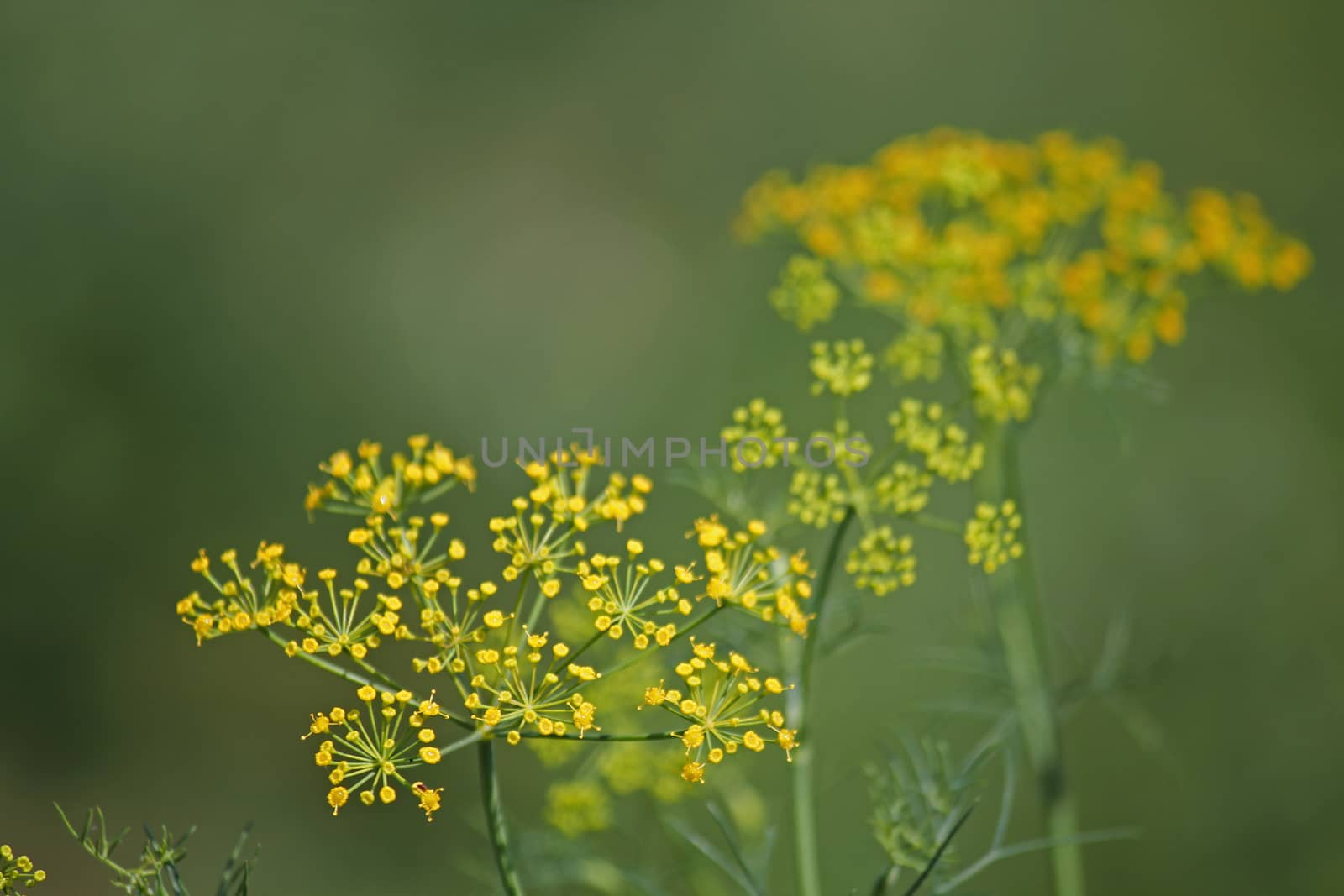
Fennel, Sweet fennel, Florence fennel, Finocchio, Foeniculum vul
Stock PhotoUsername
yandsResolution
5184x3456pxFennel, Sweet fennel, Florence fennel, Finocchio, Foeniculum vul

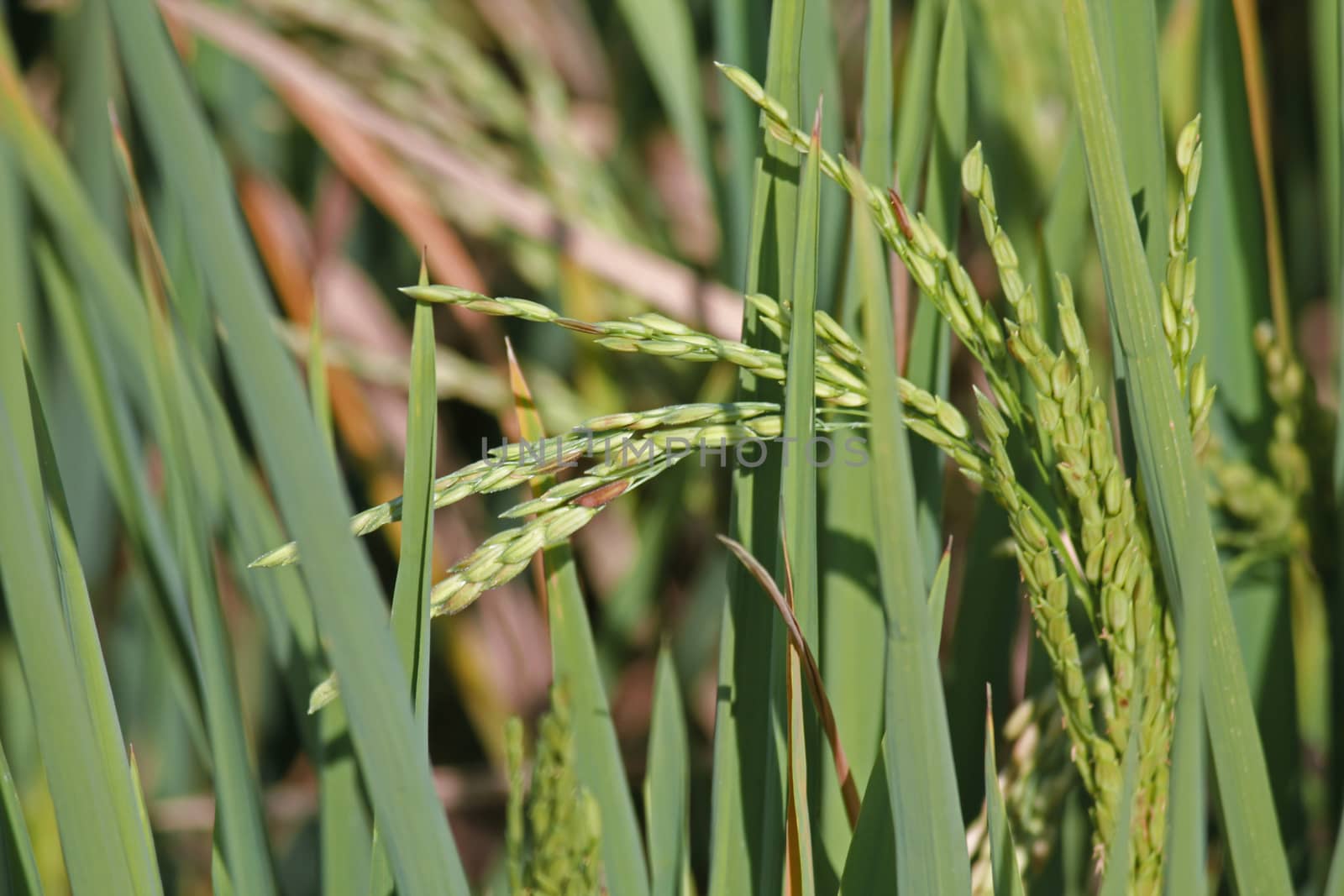
Oryza sativa, Rice Crop
Stock PhotoUsername
yandsResolution
5184x3456pxOryza sativa, Rice Crop

